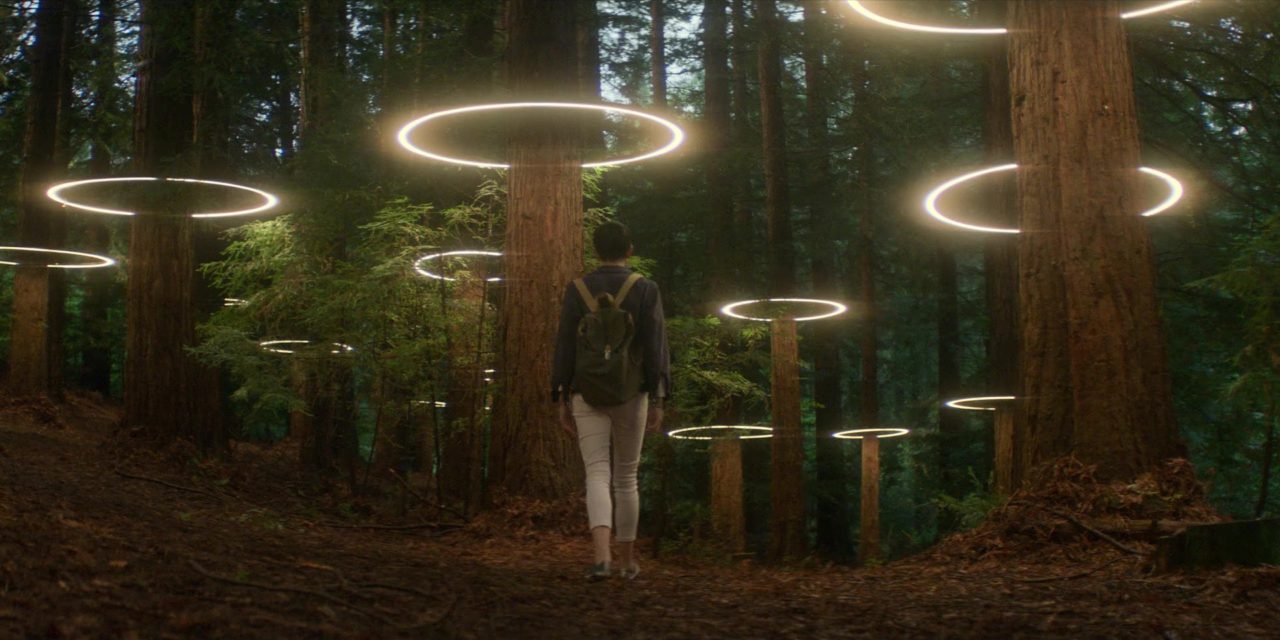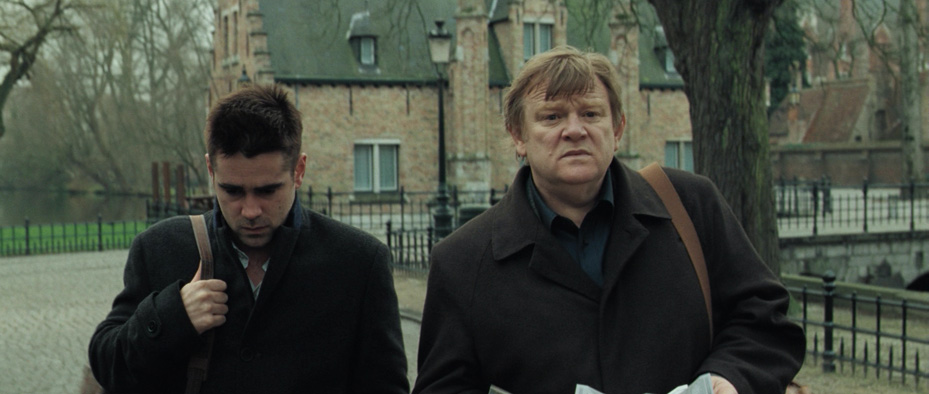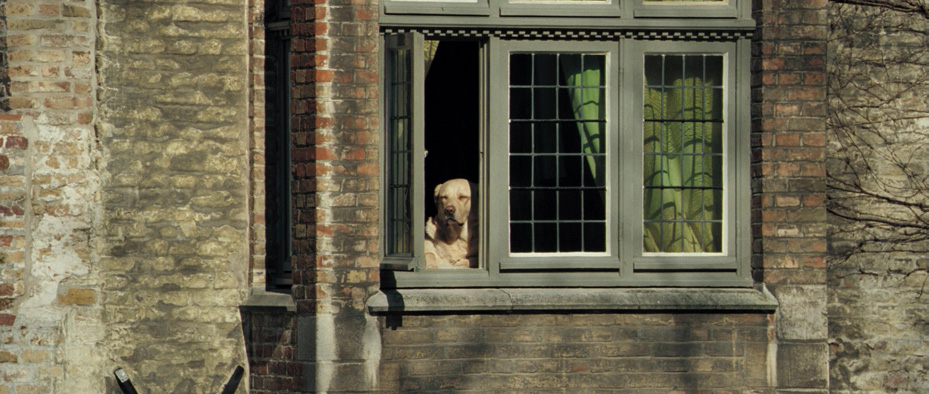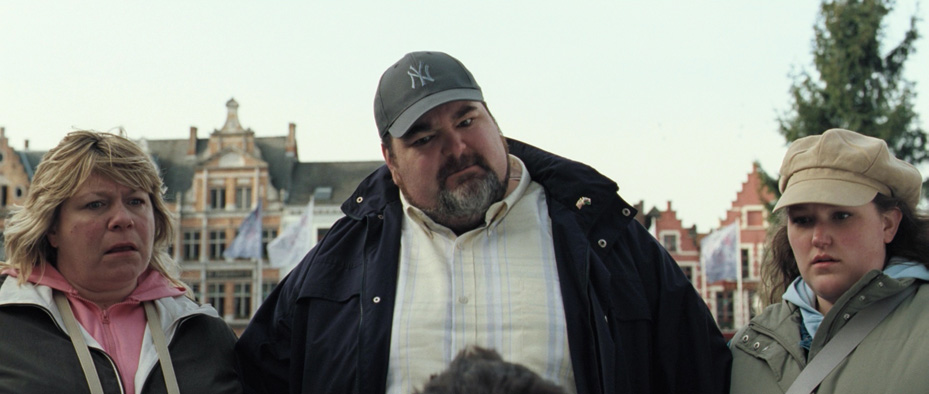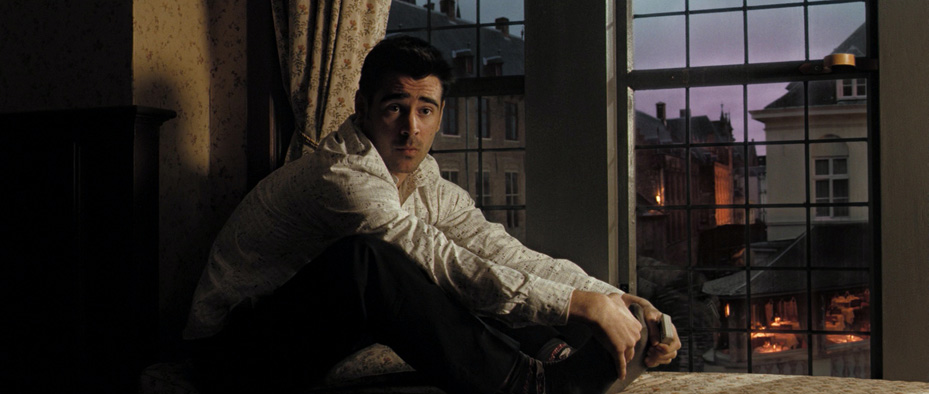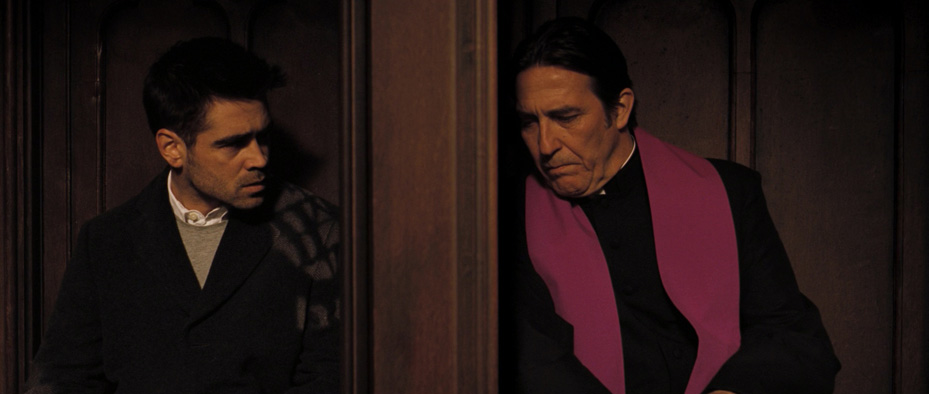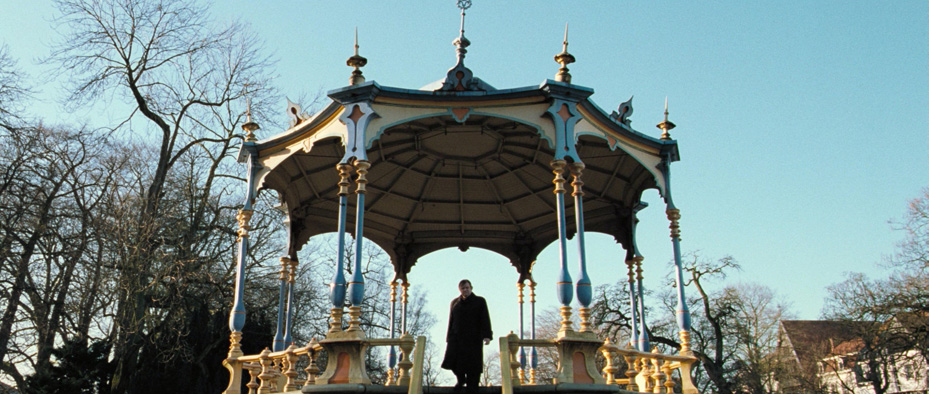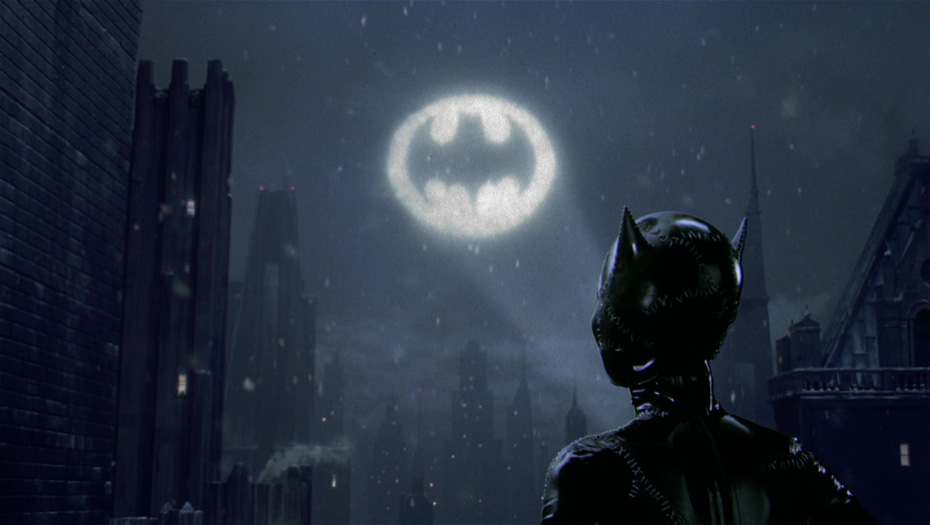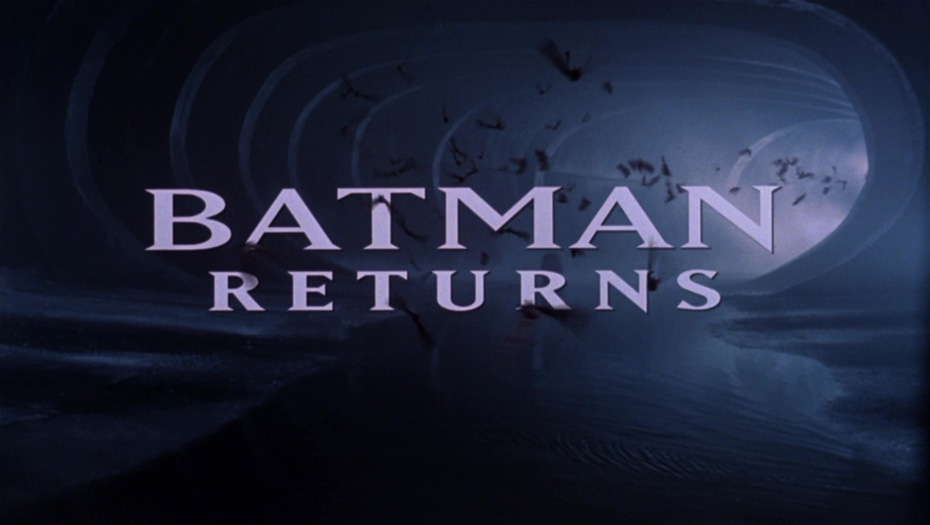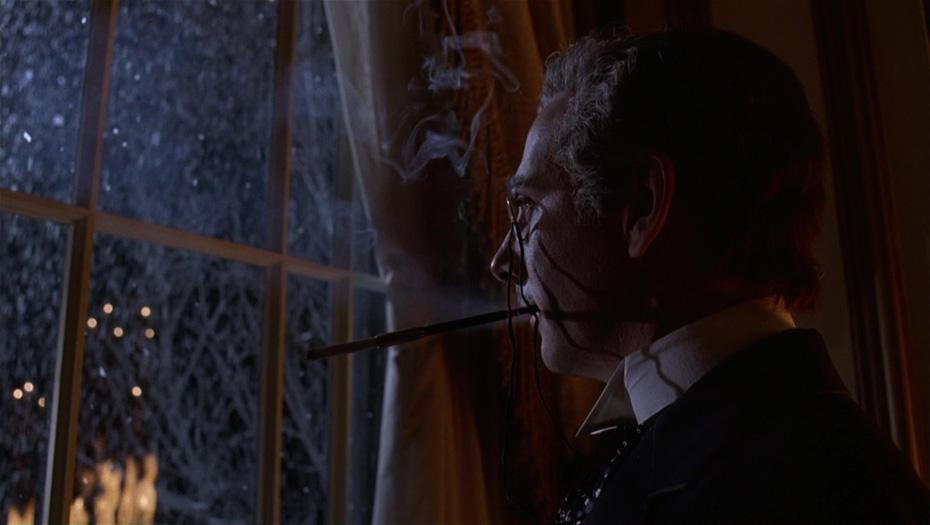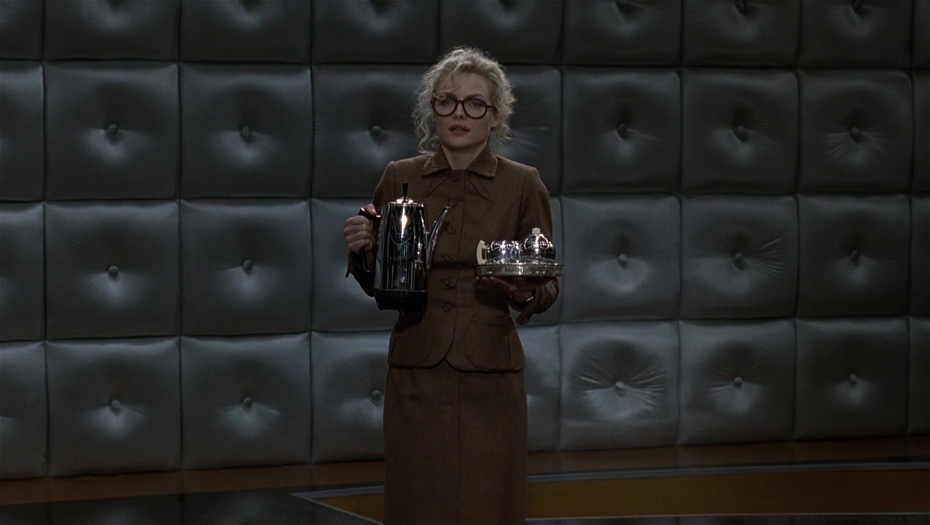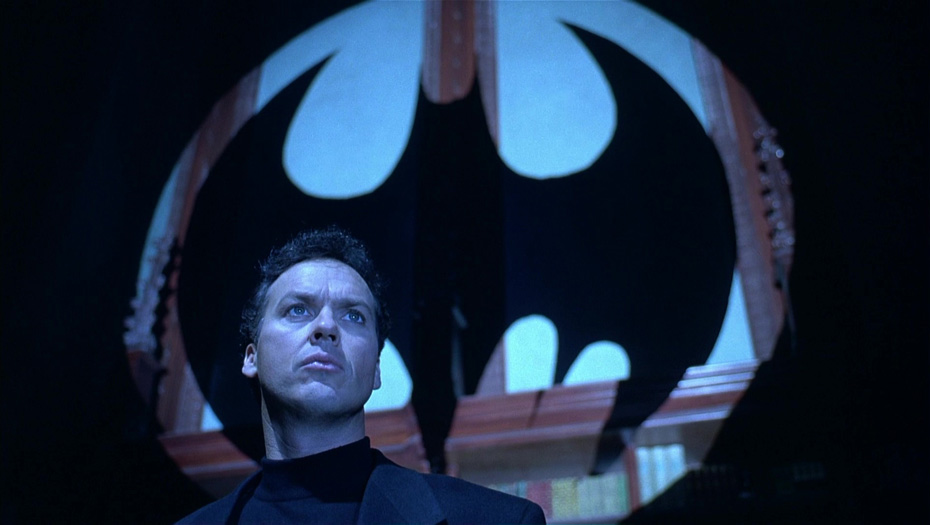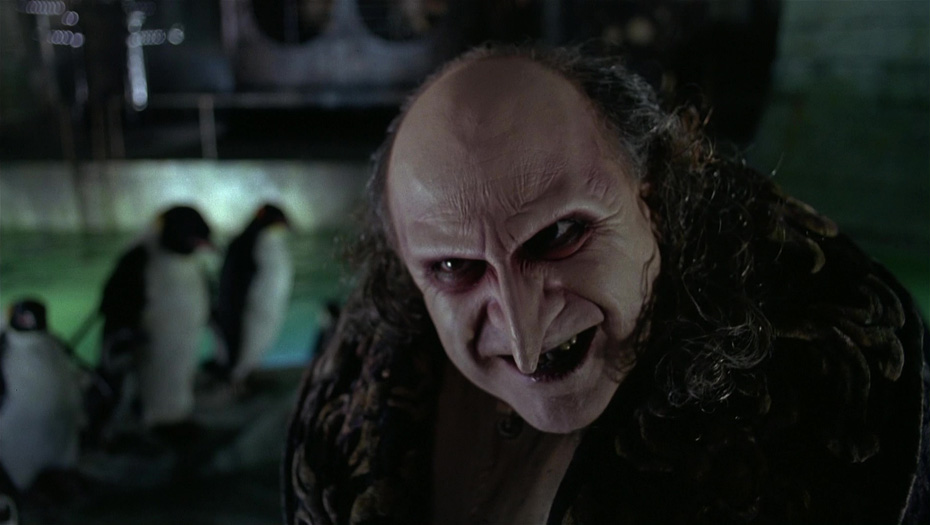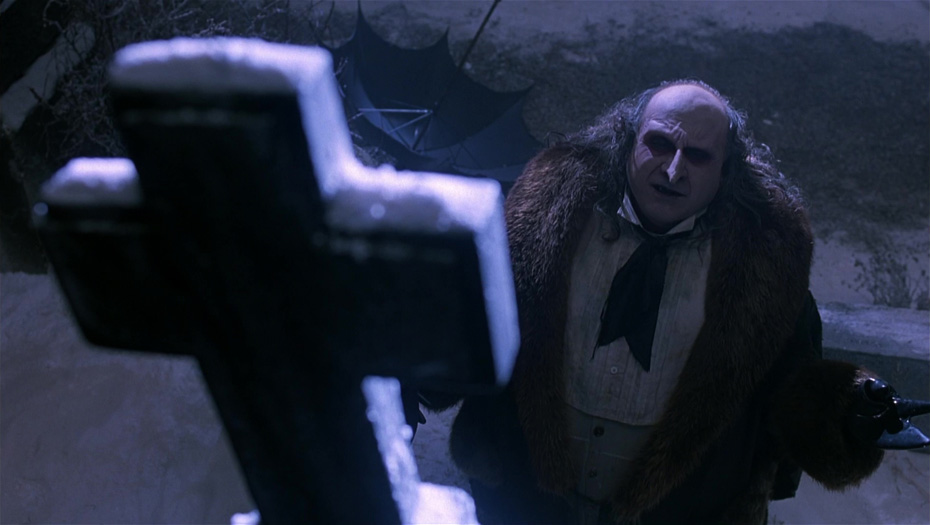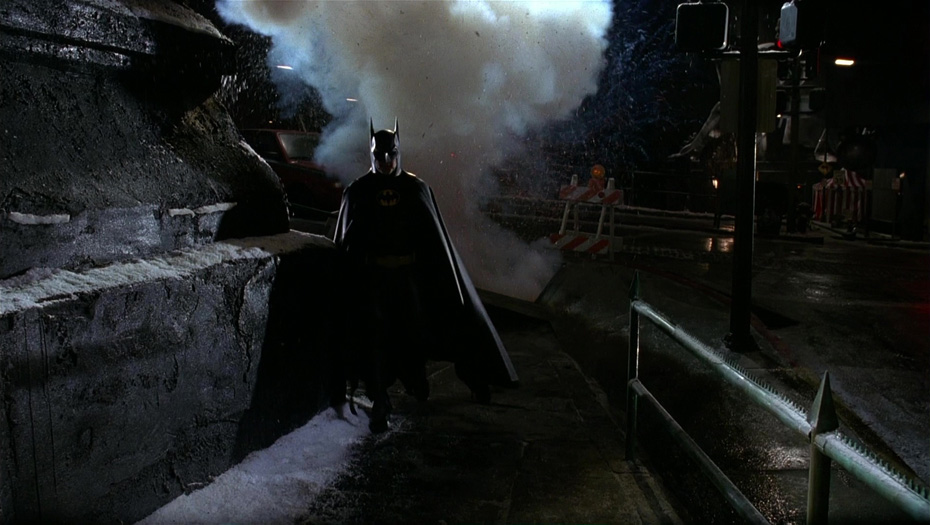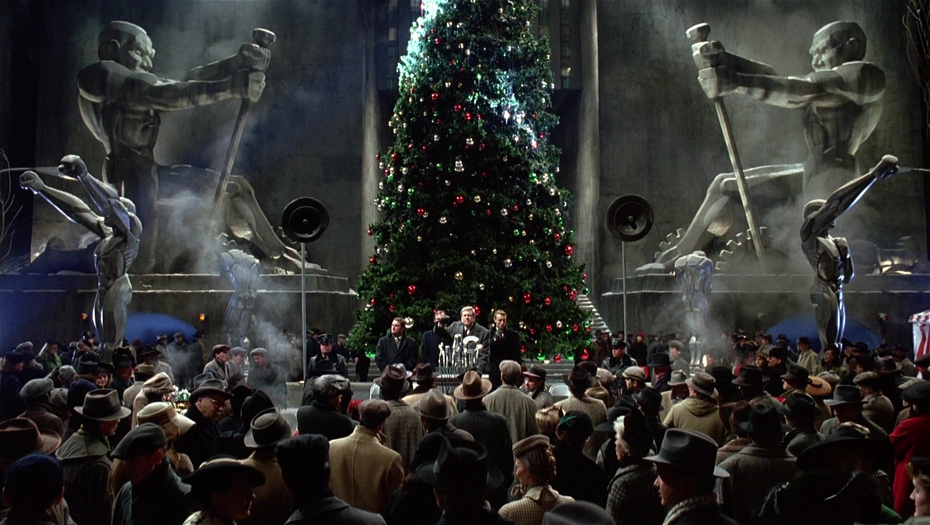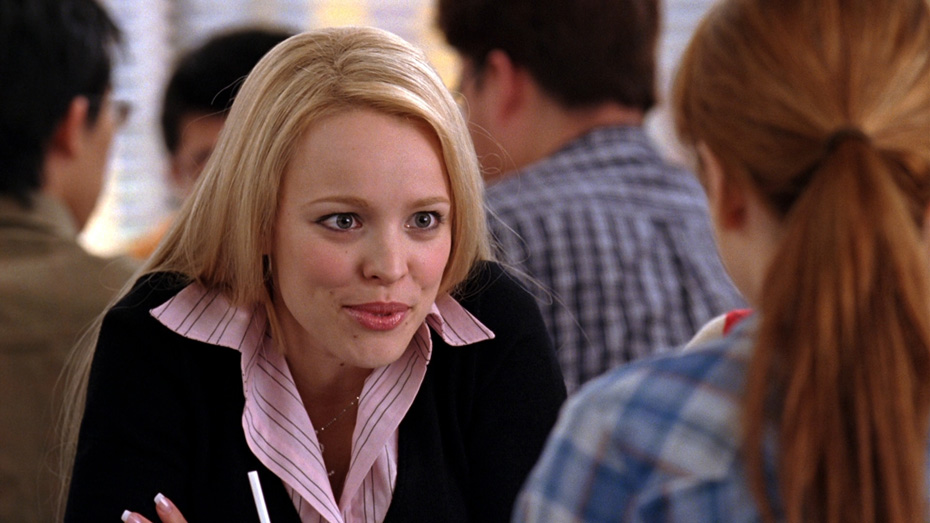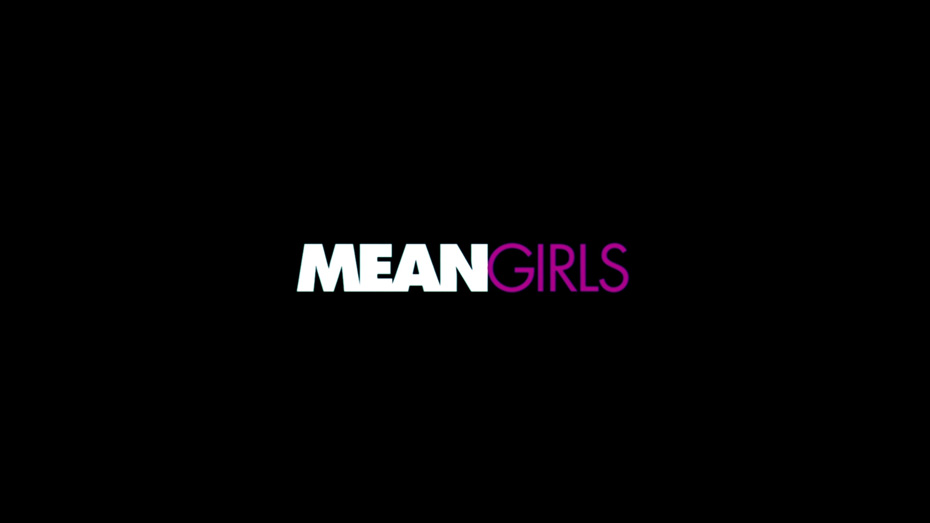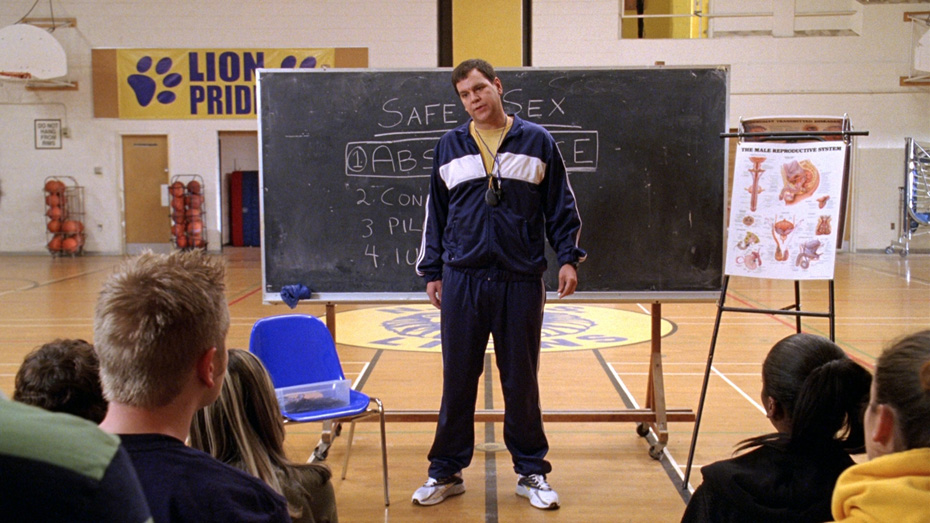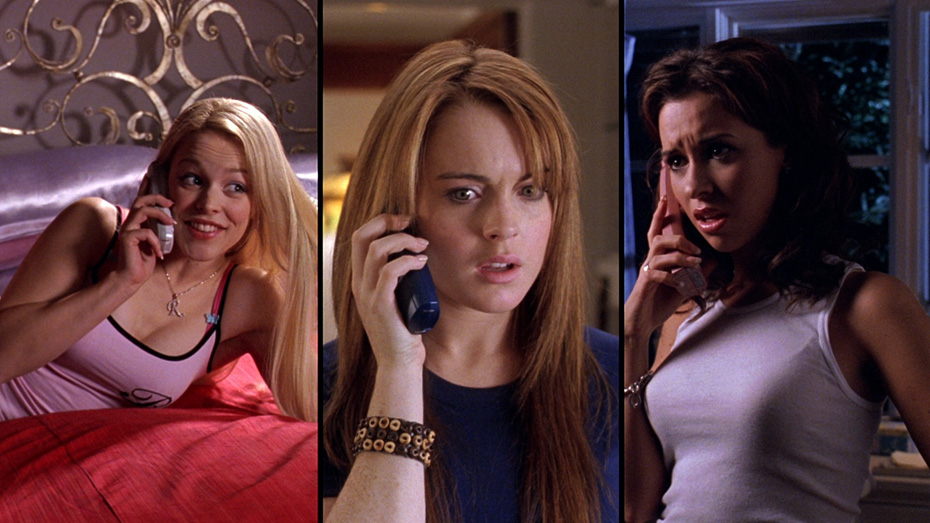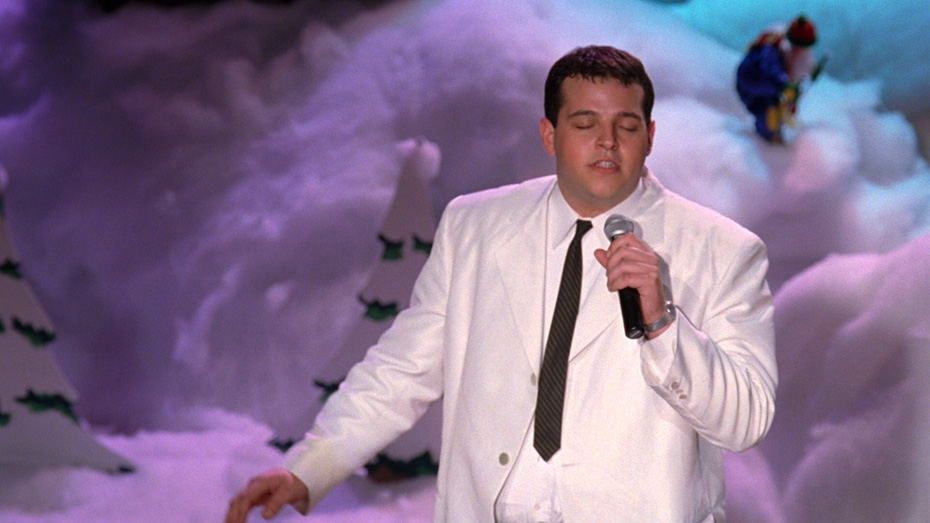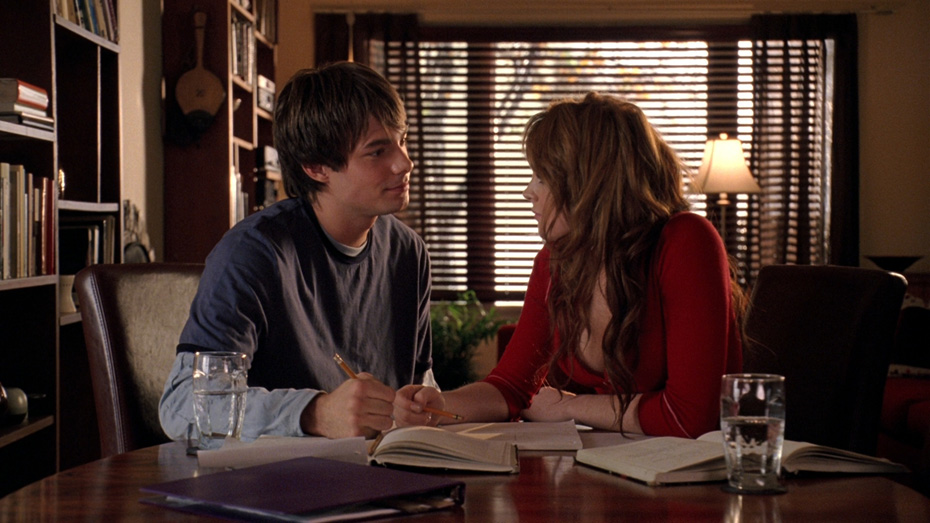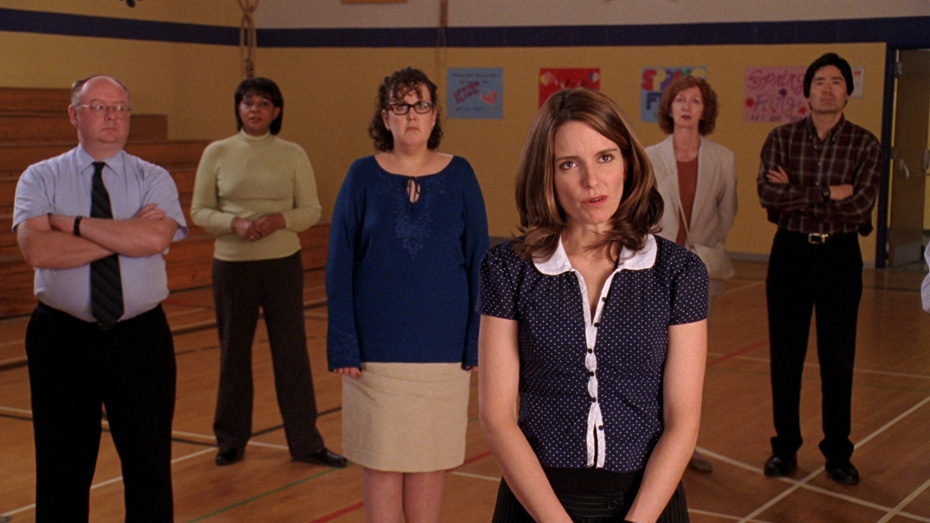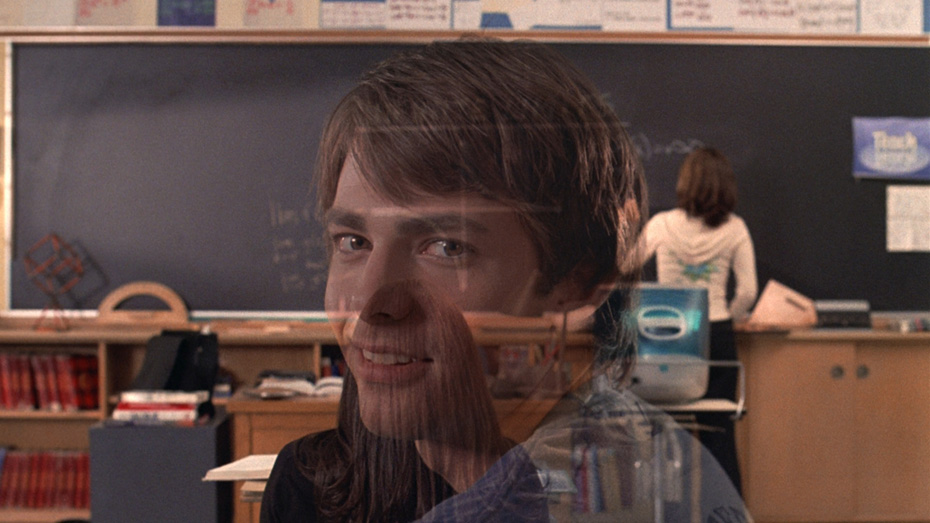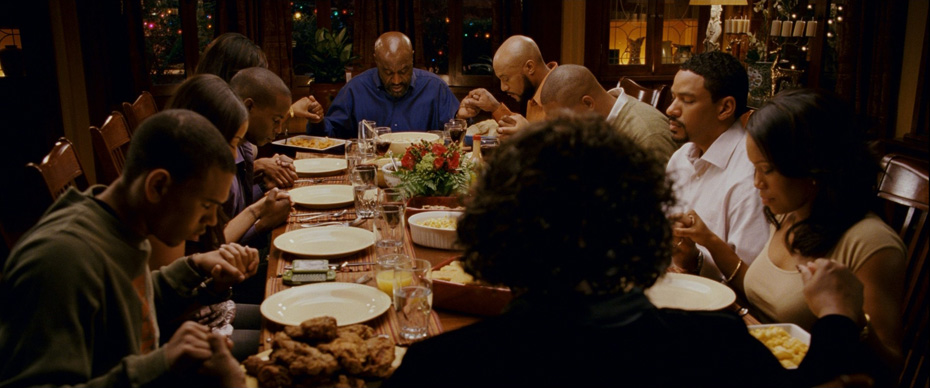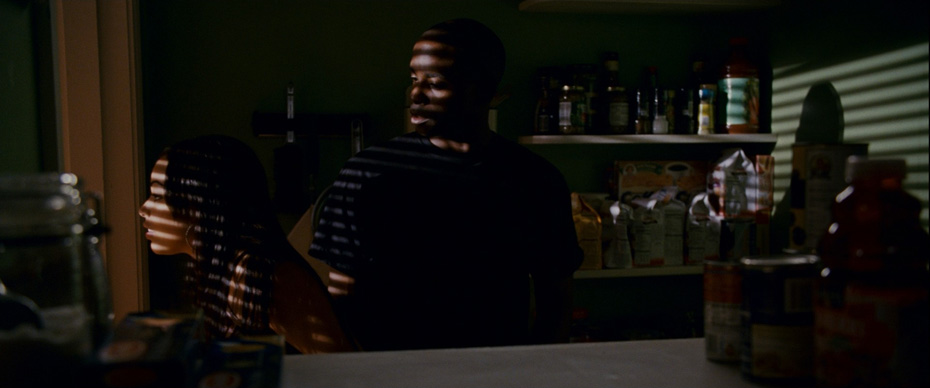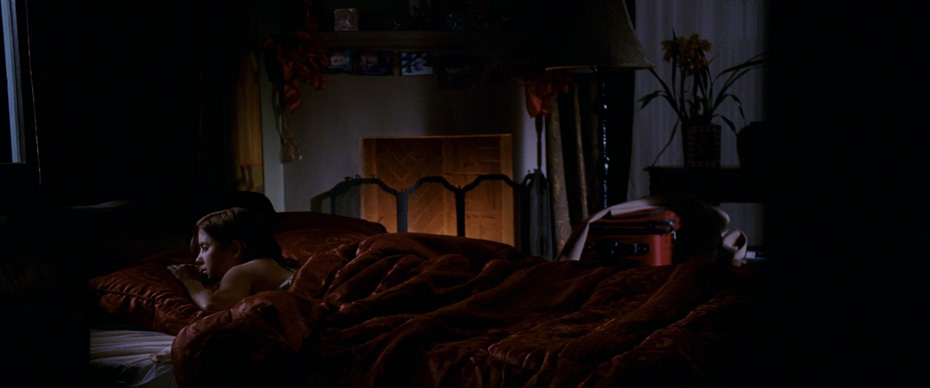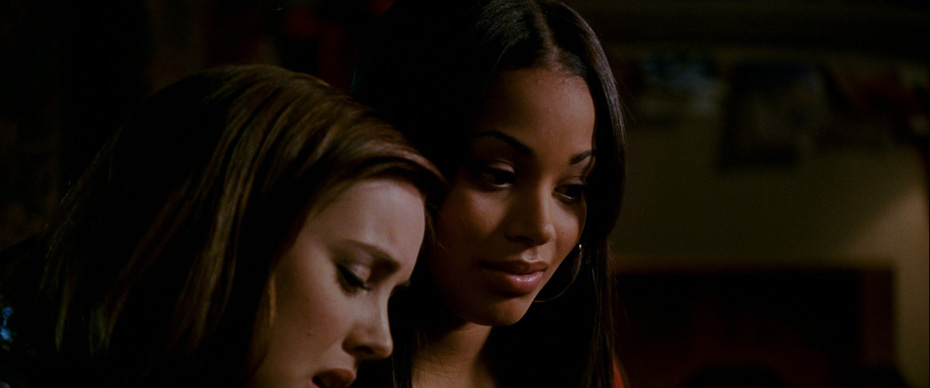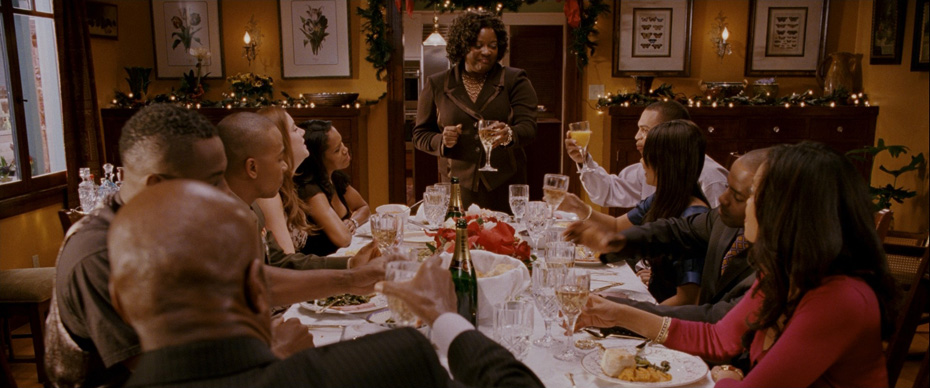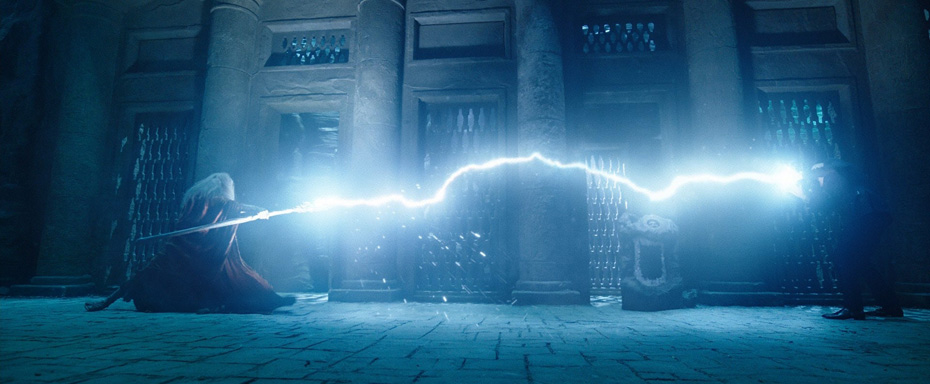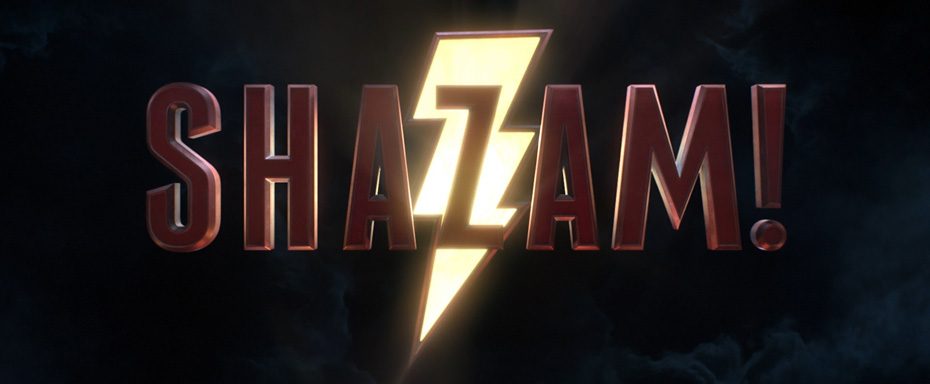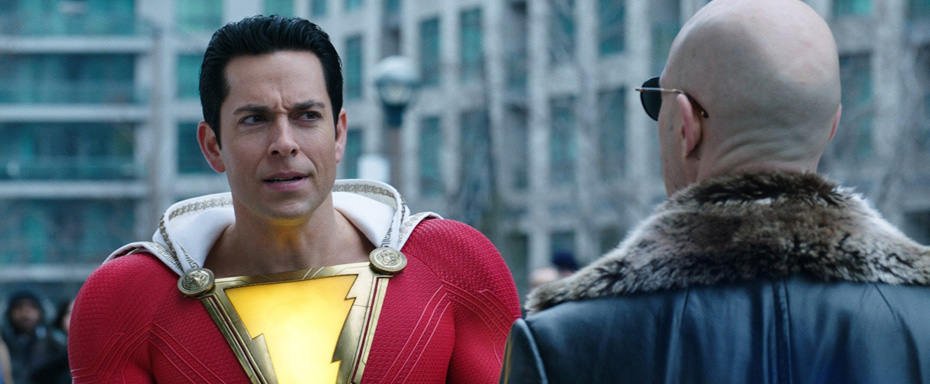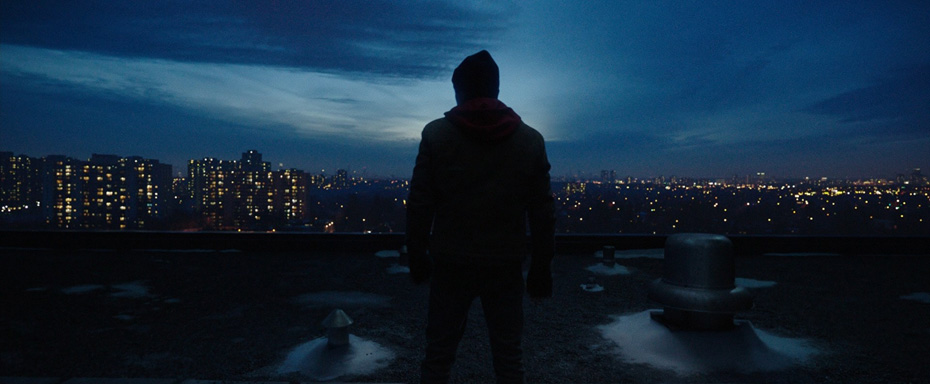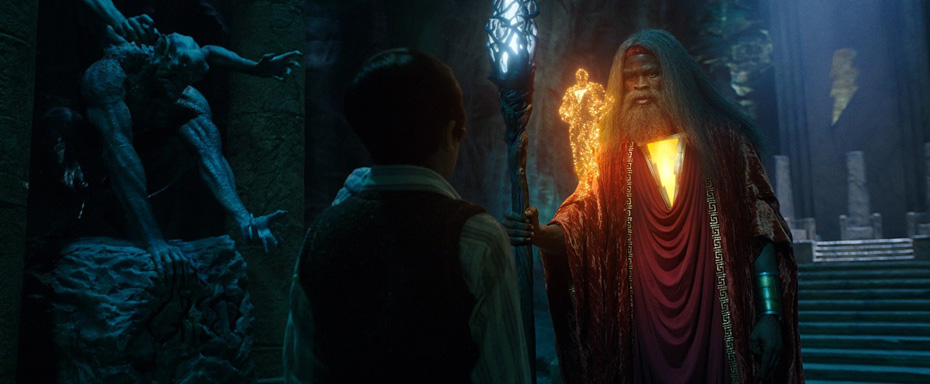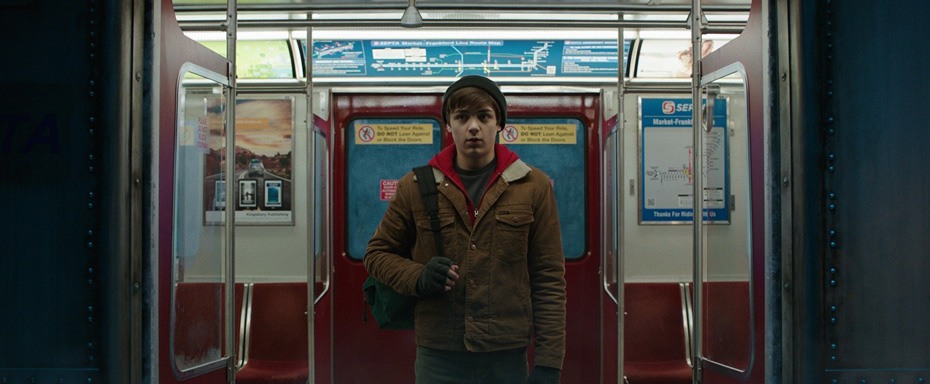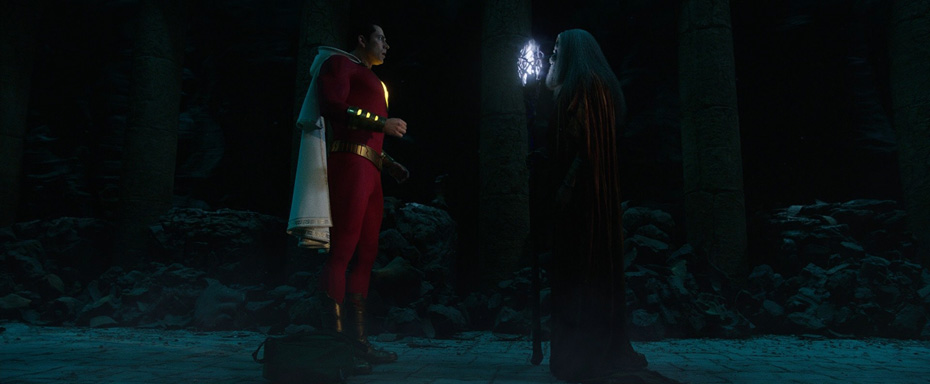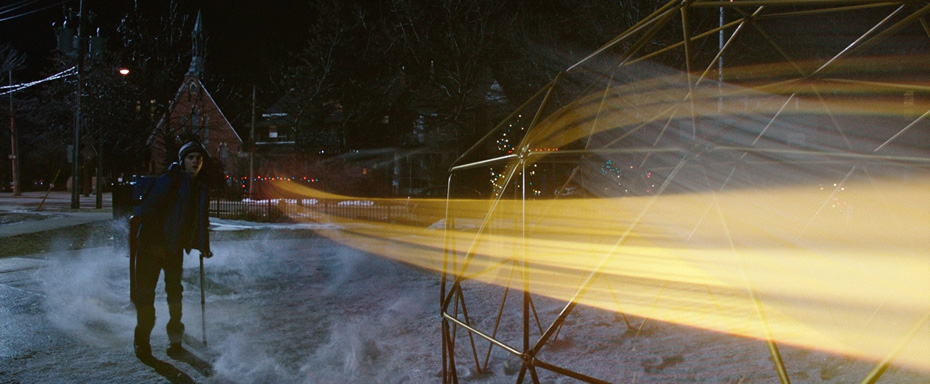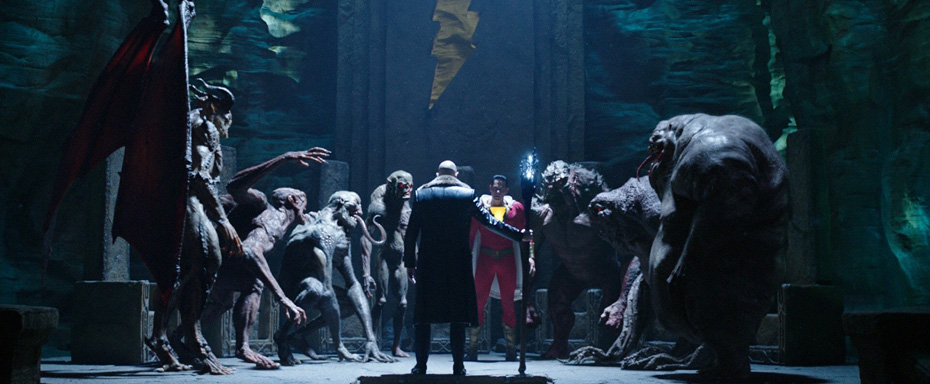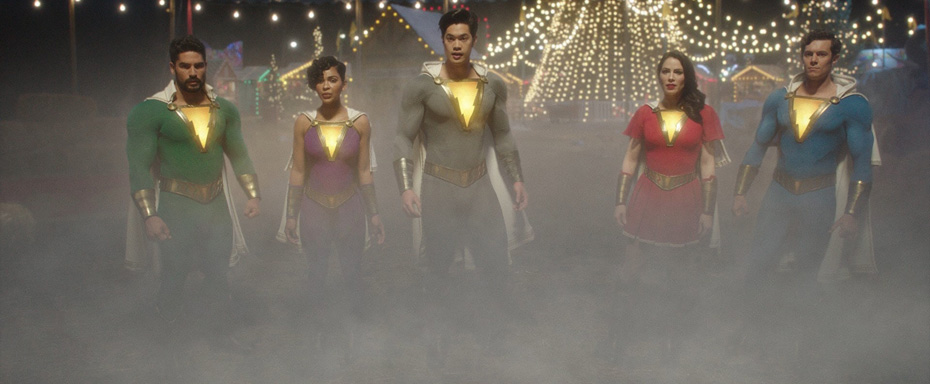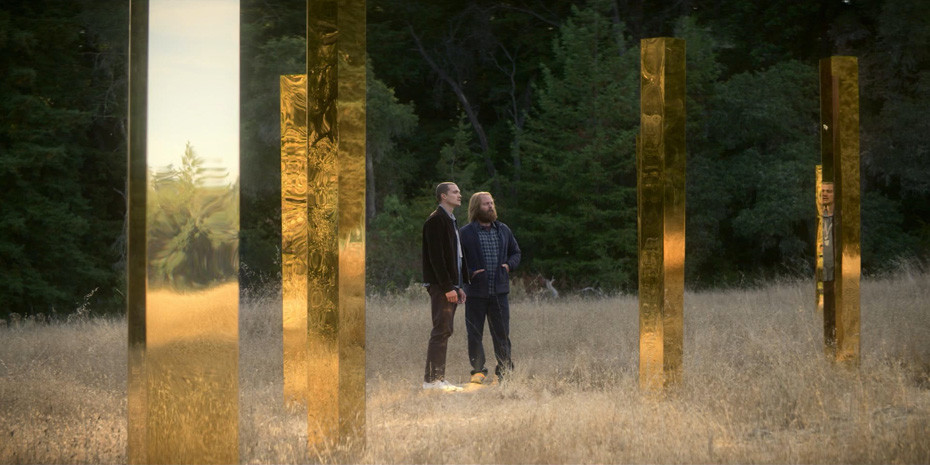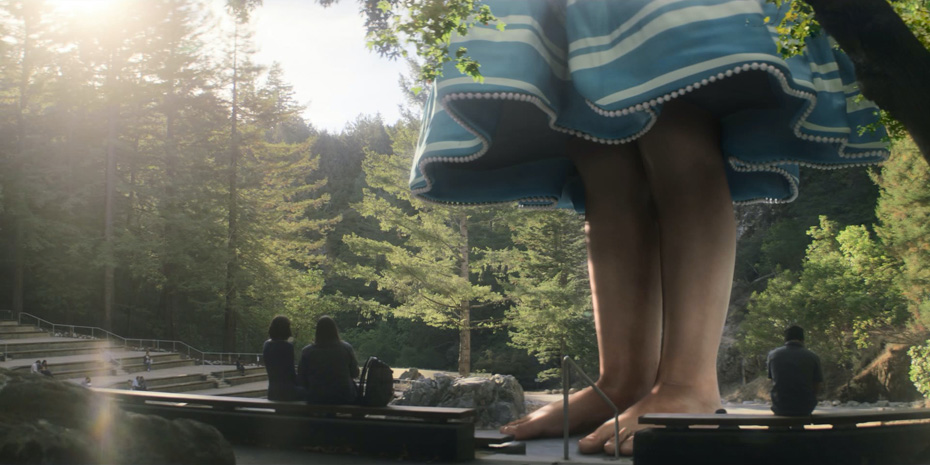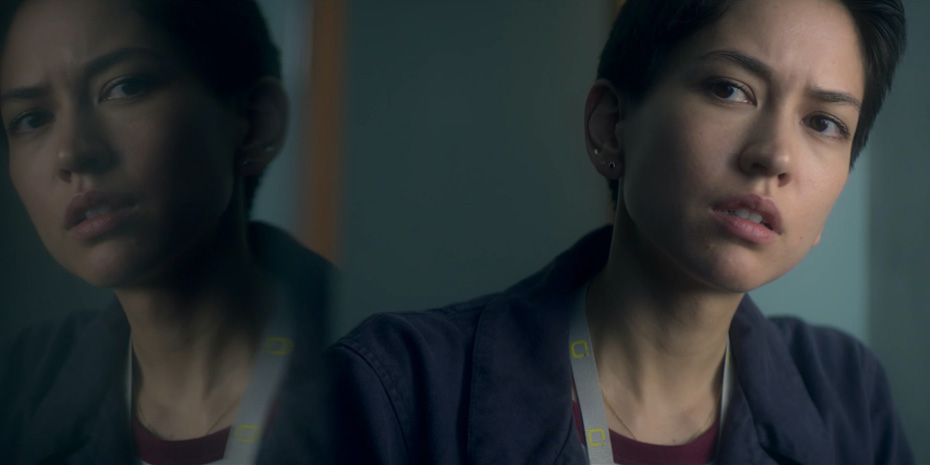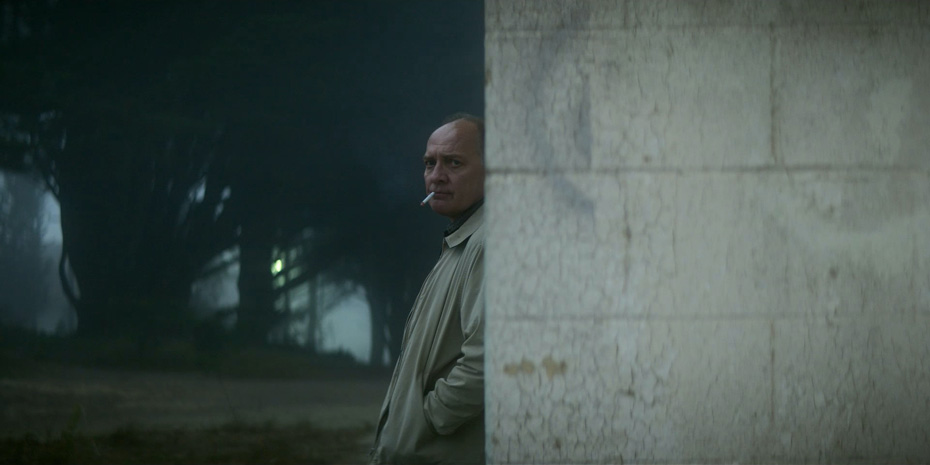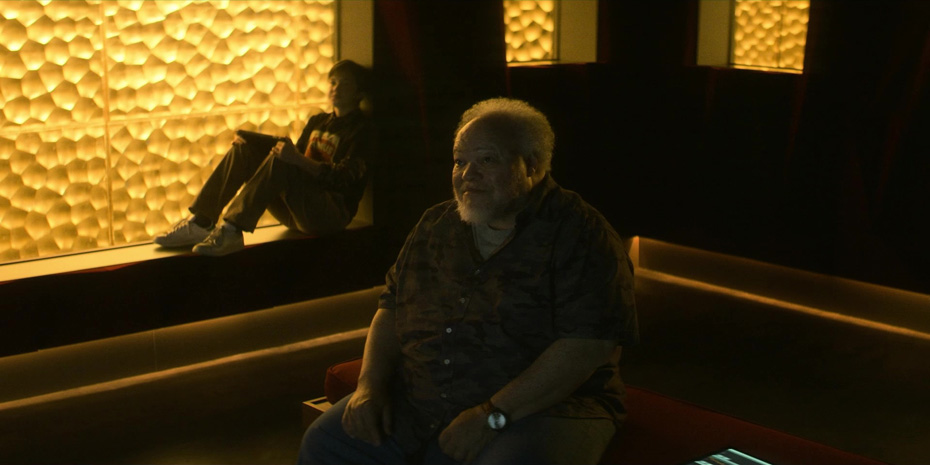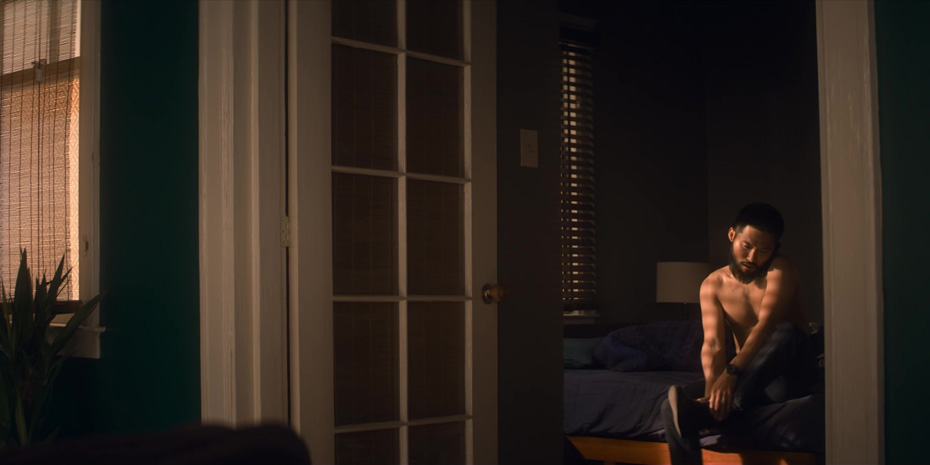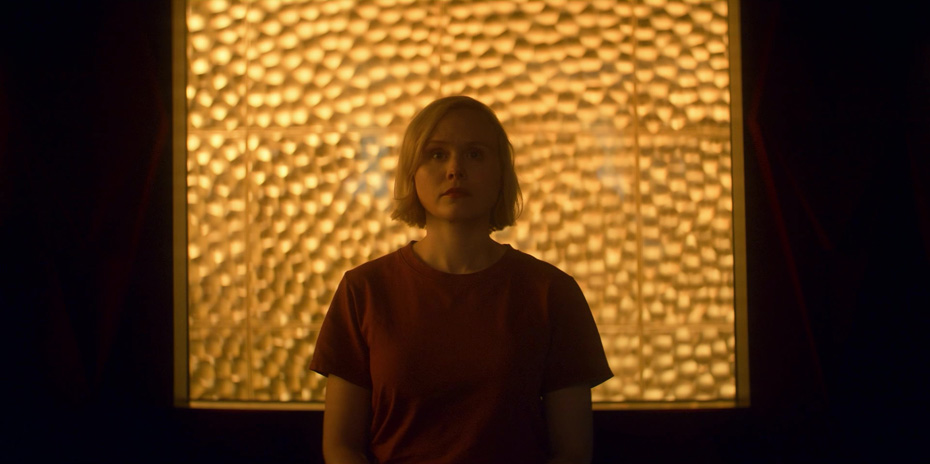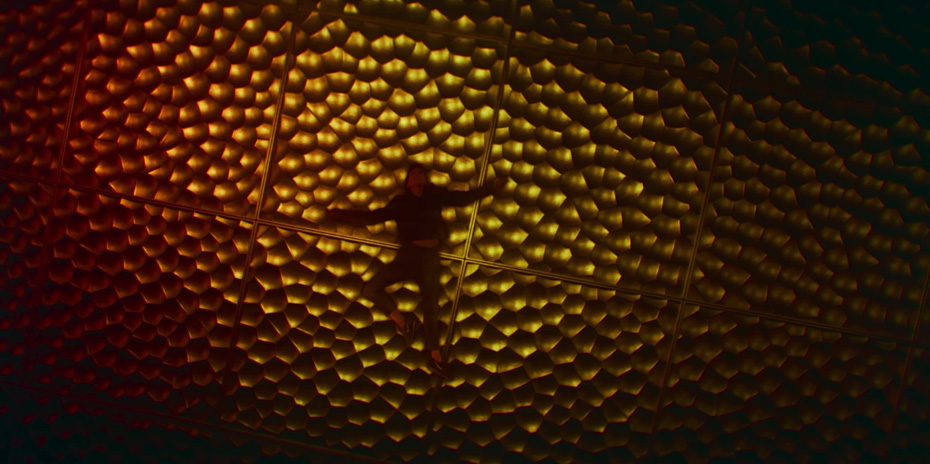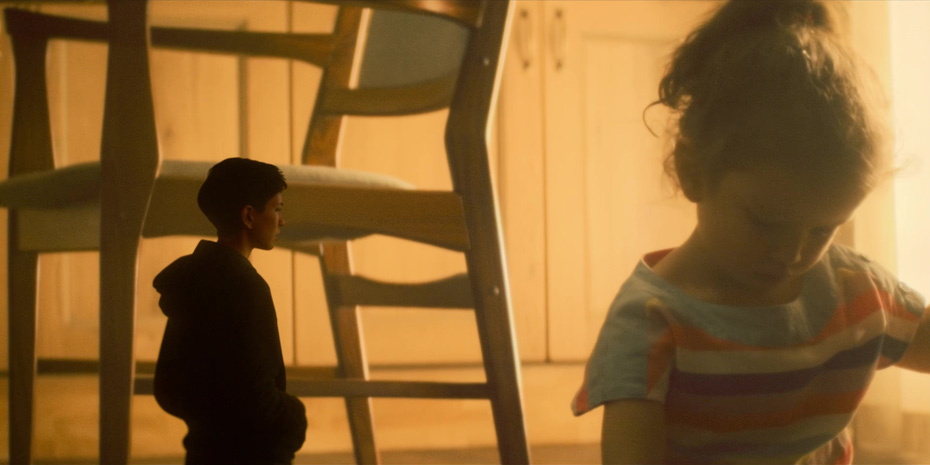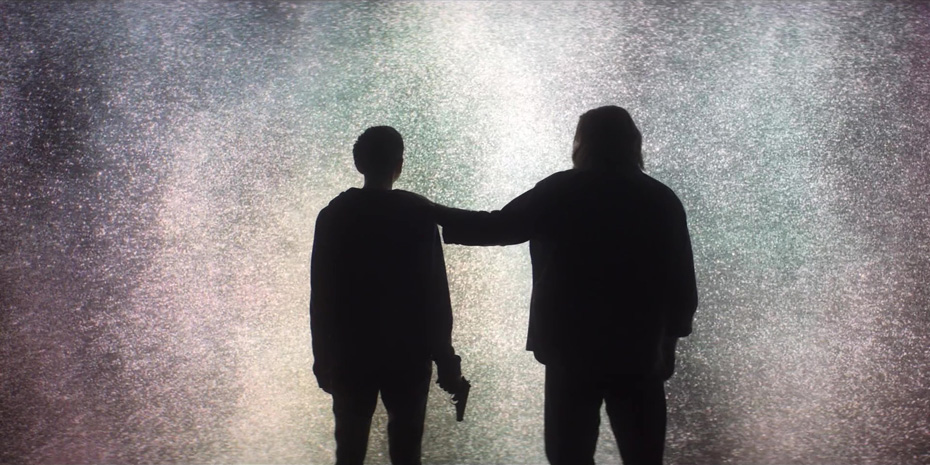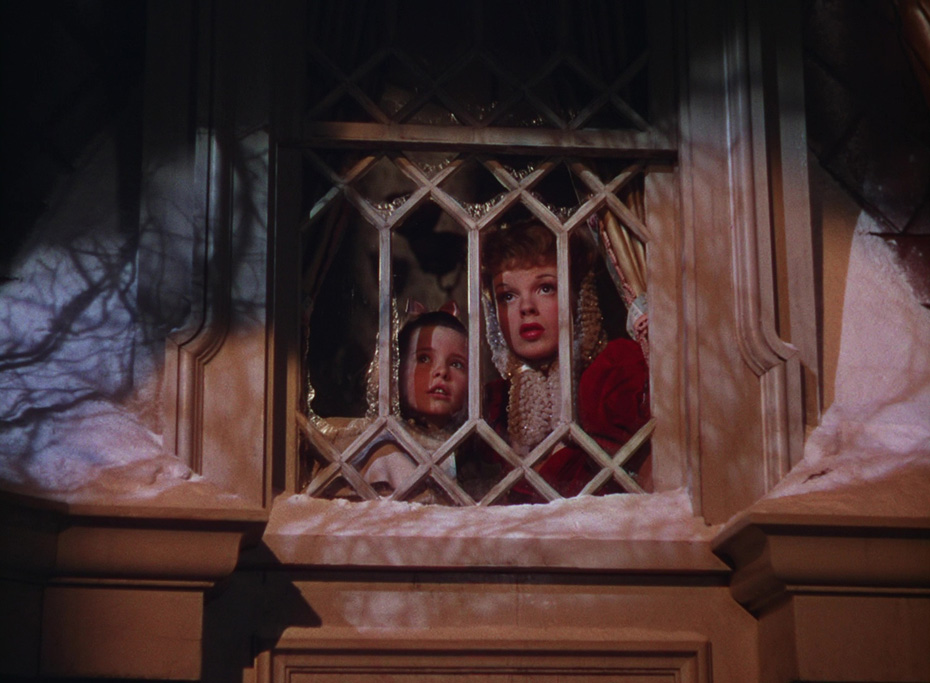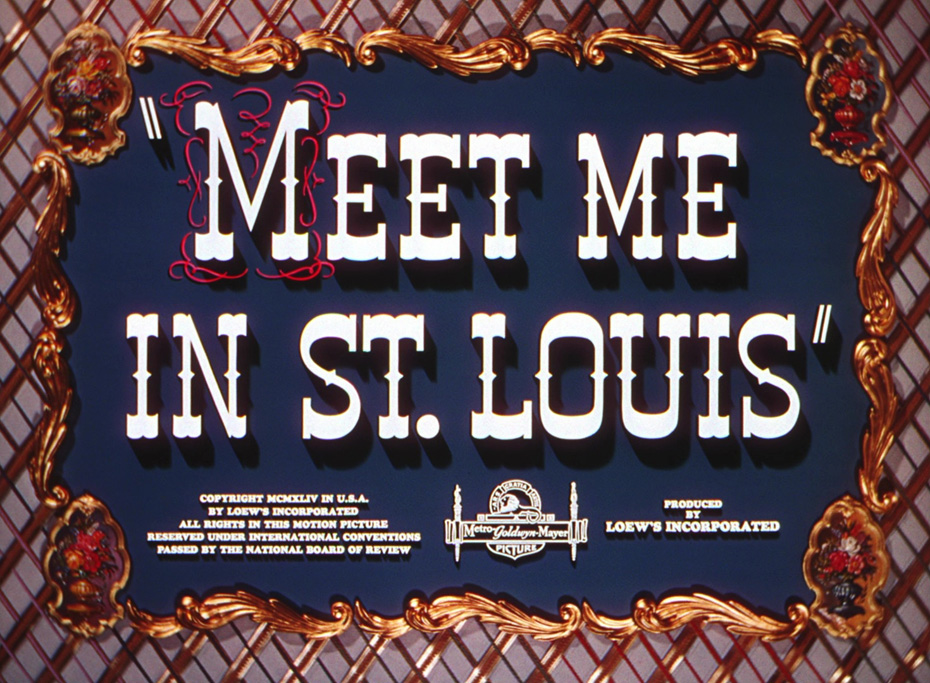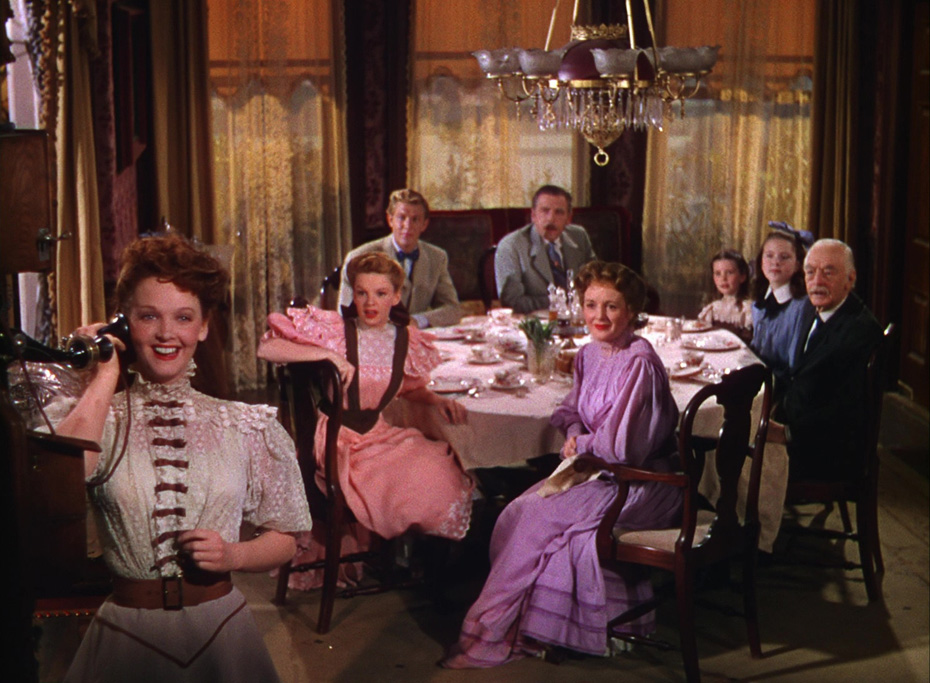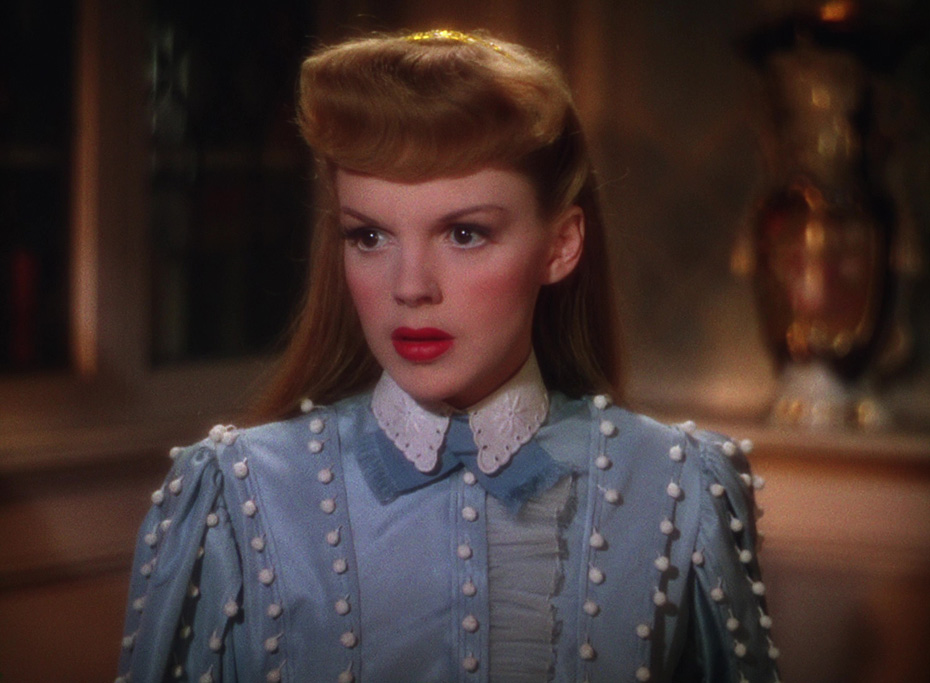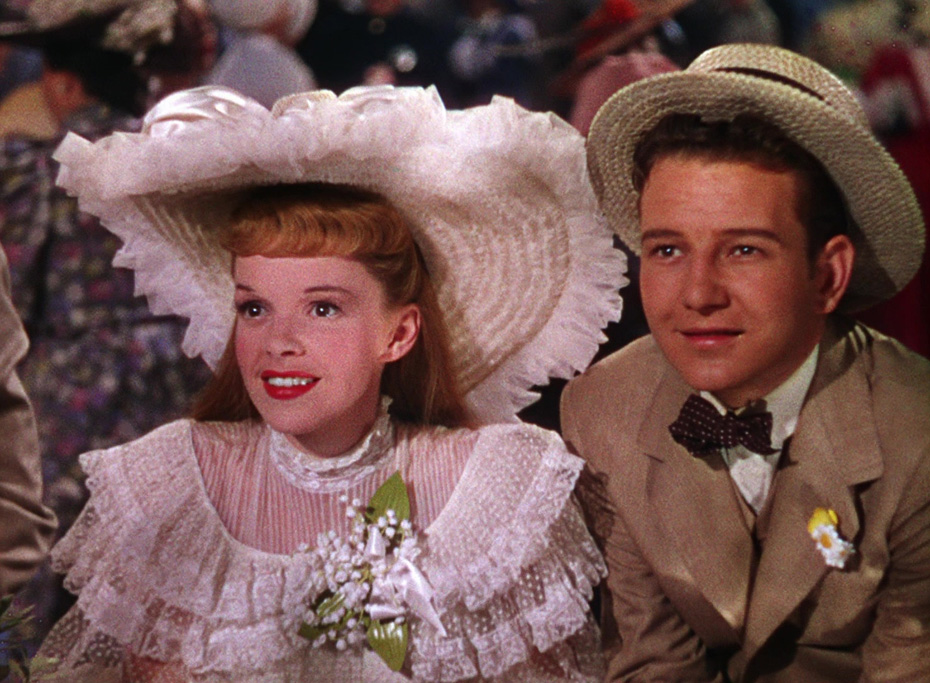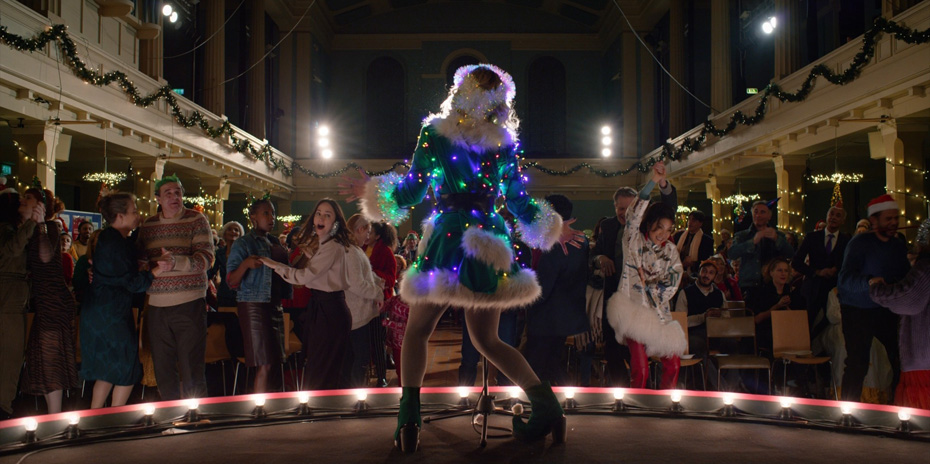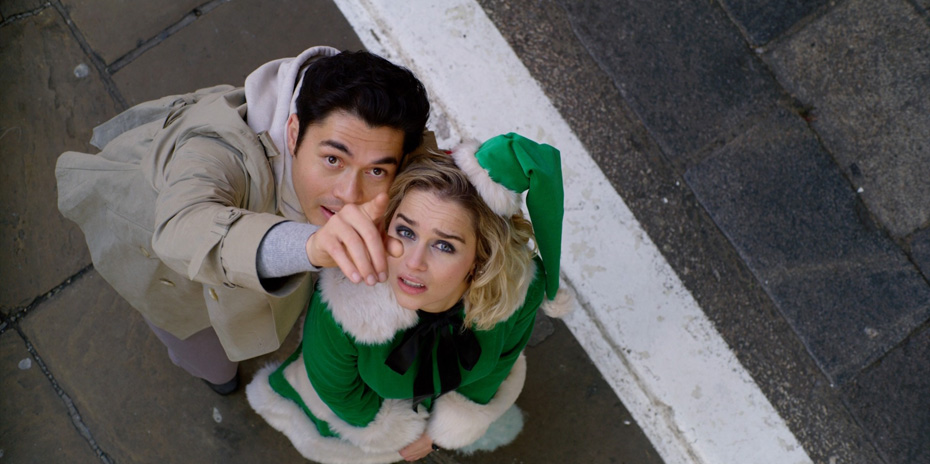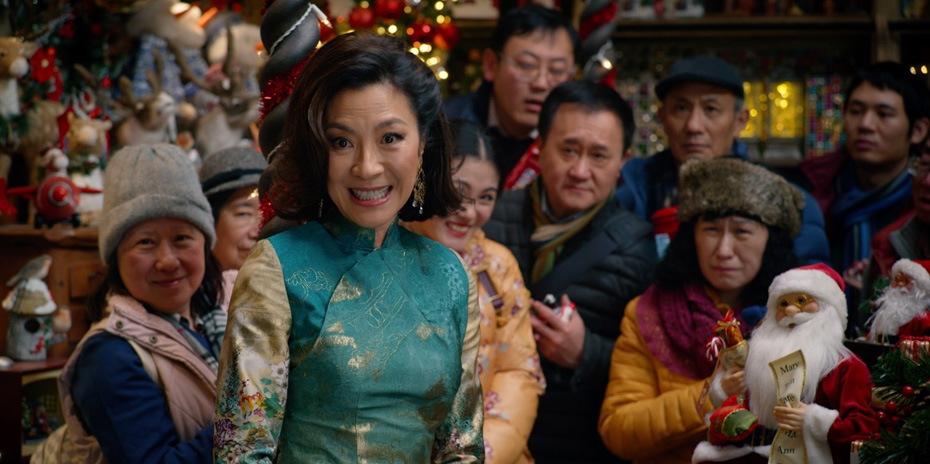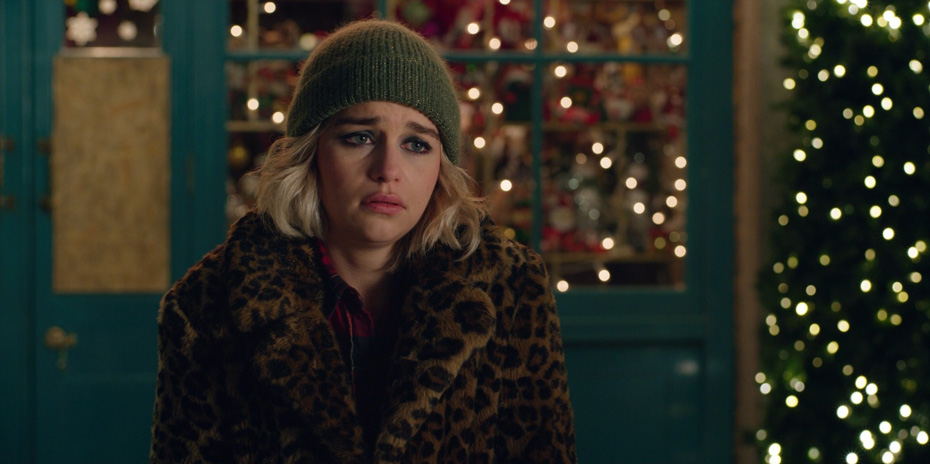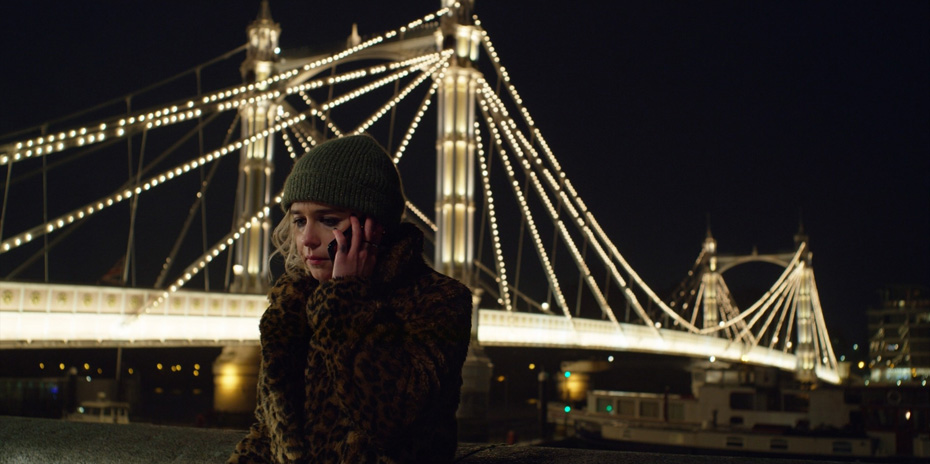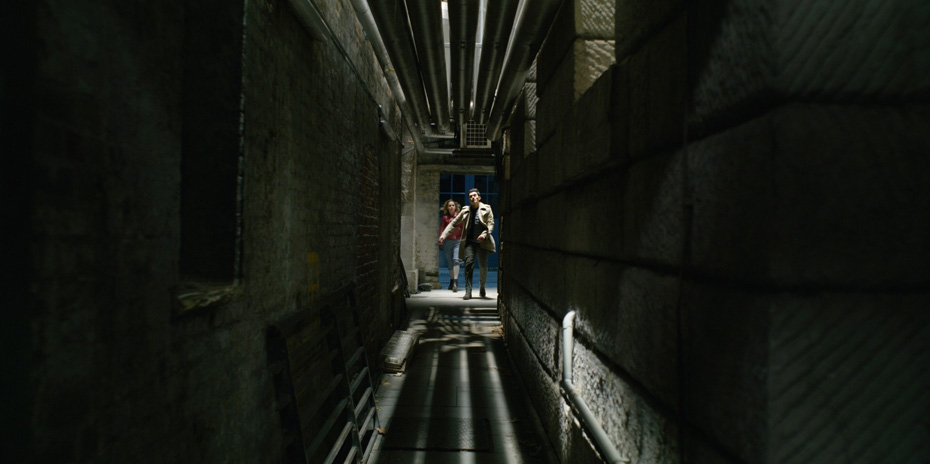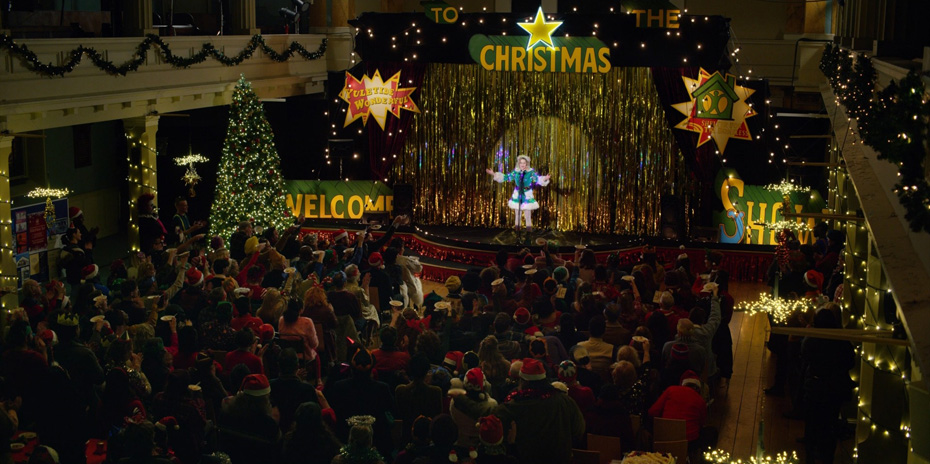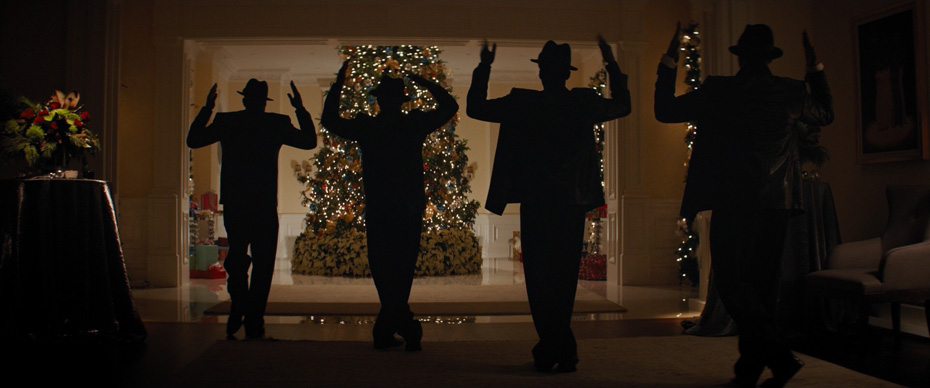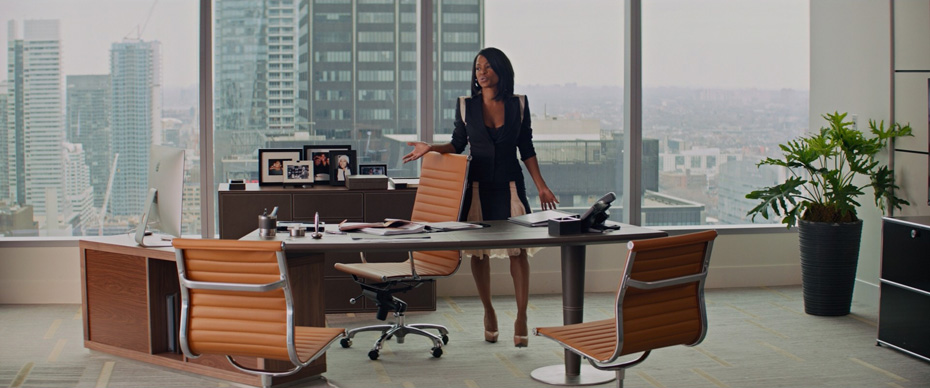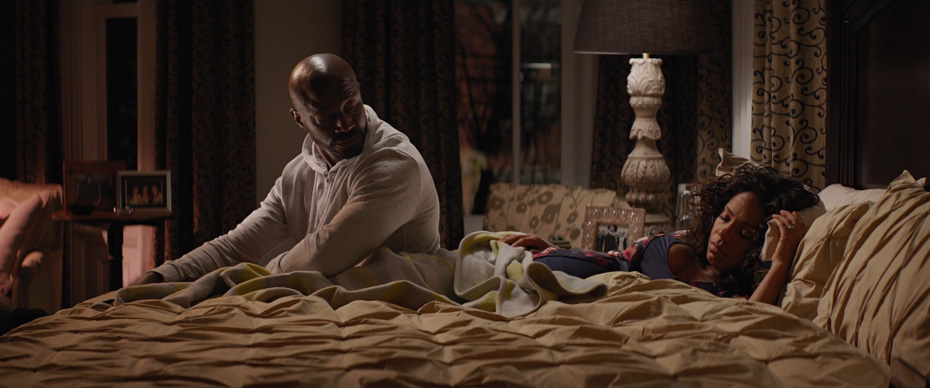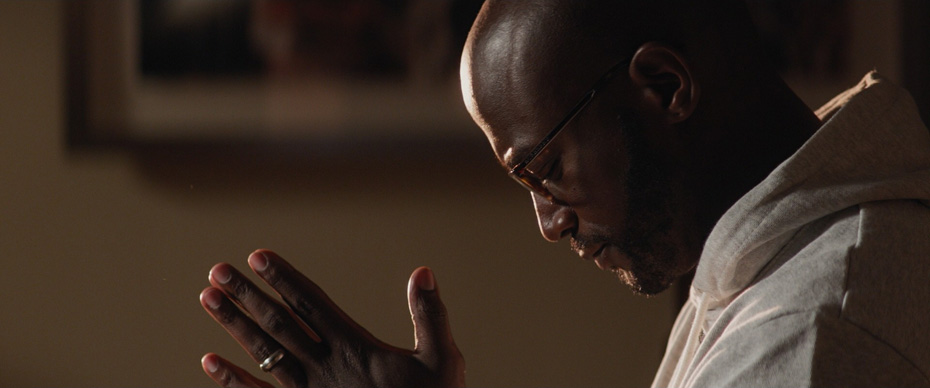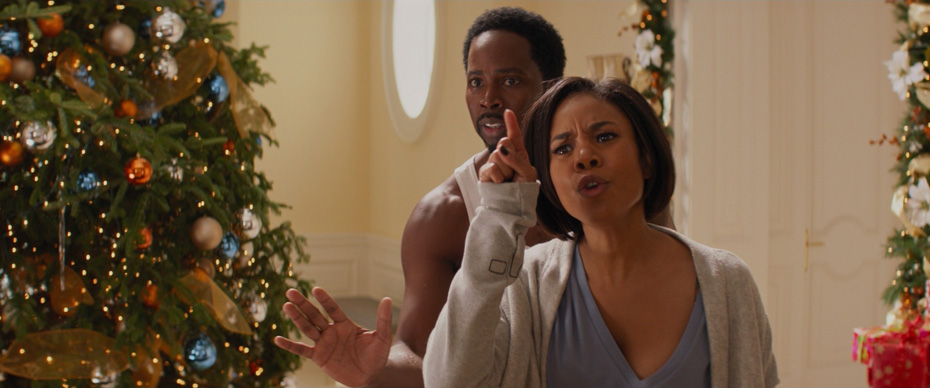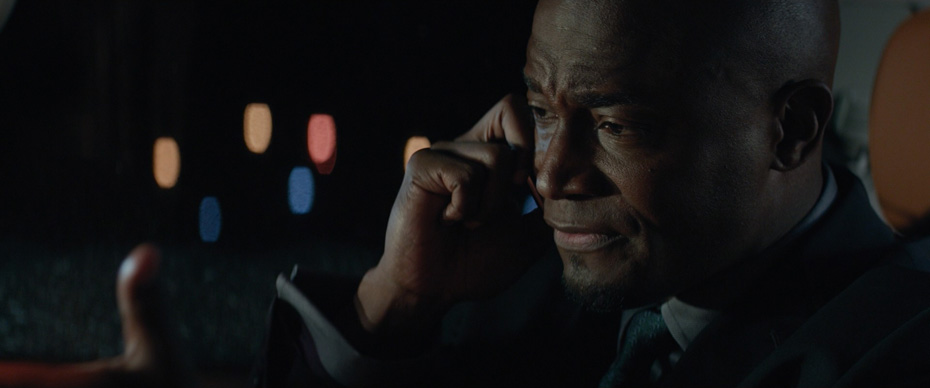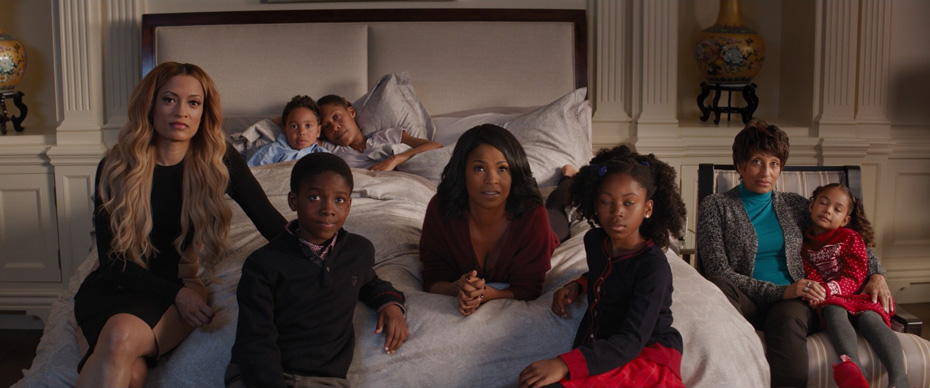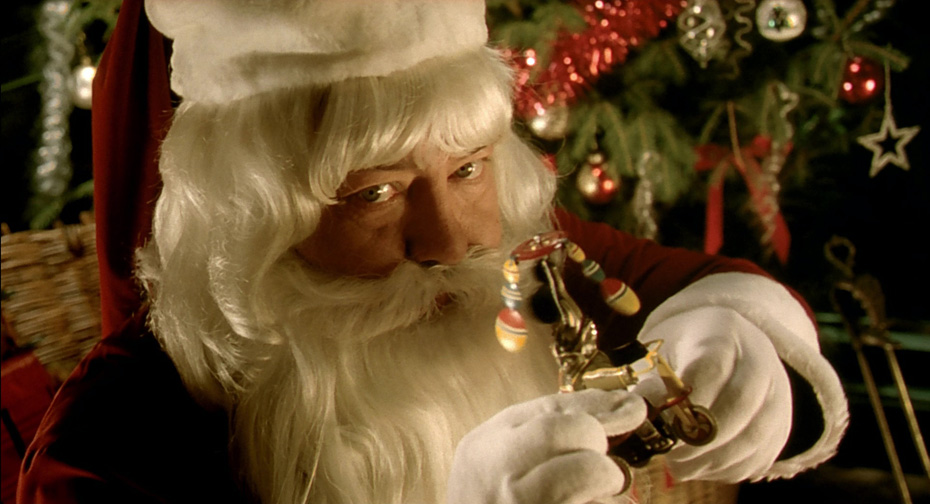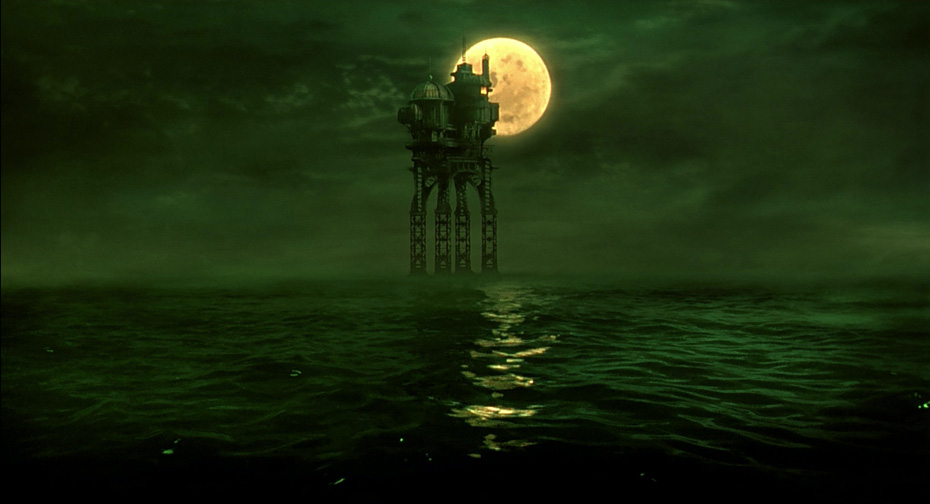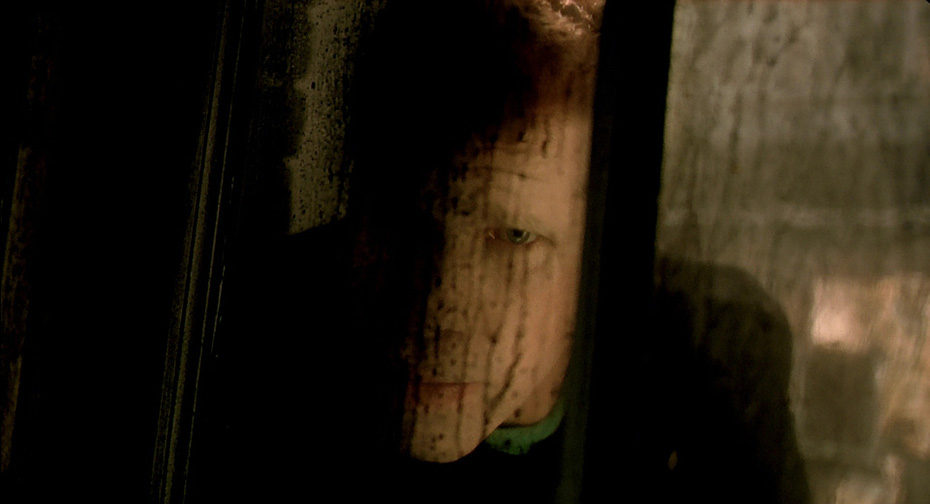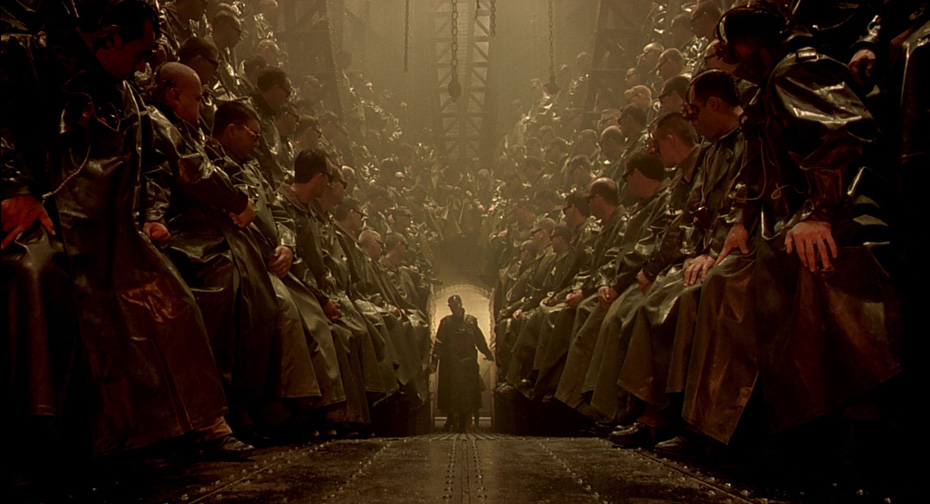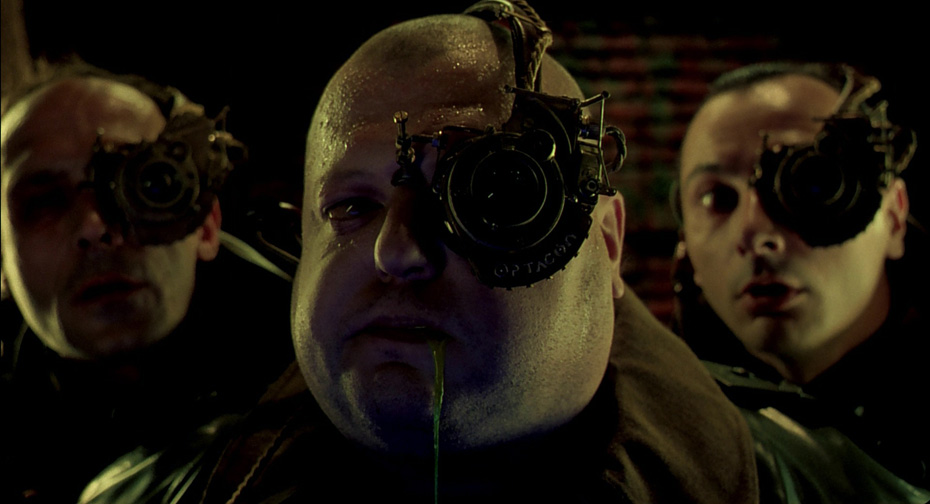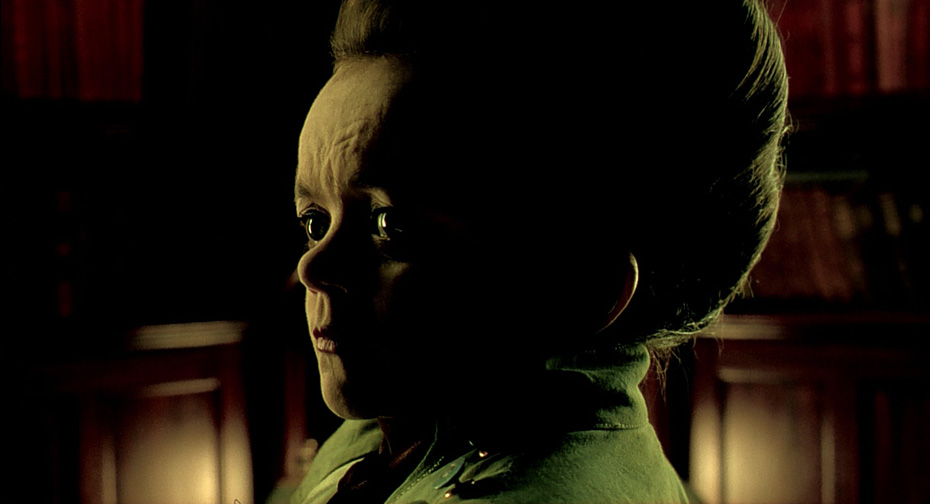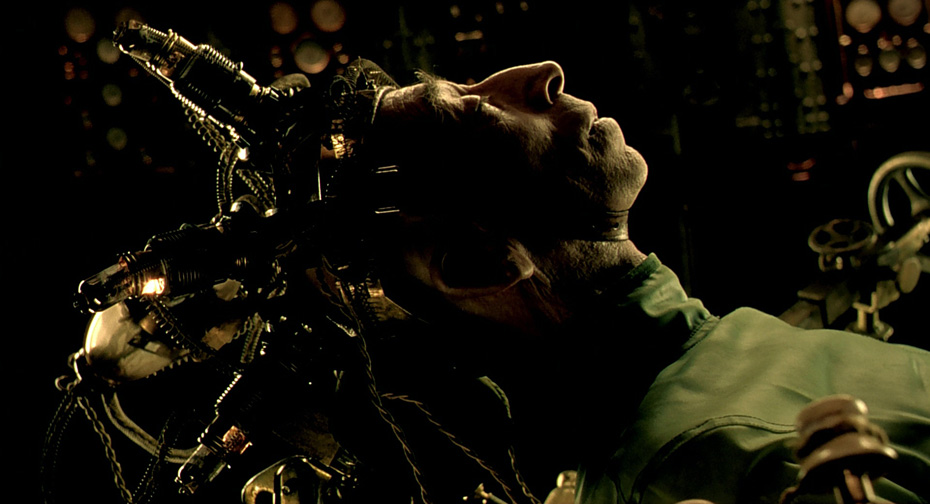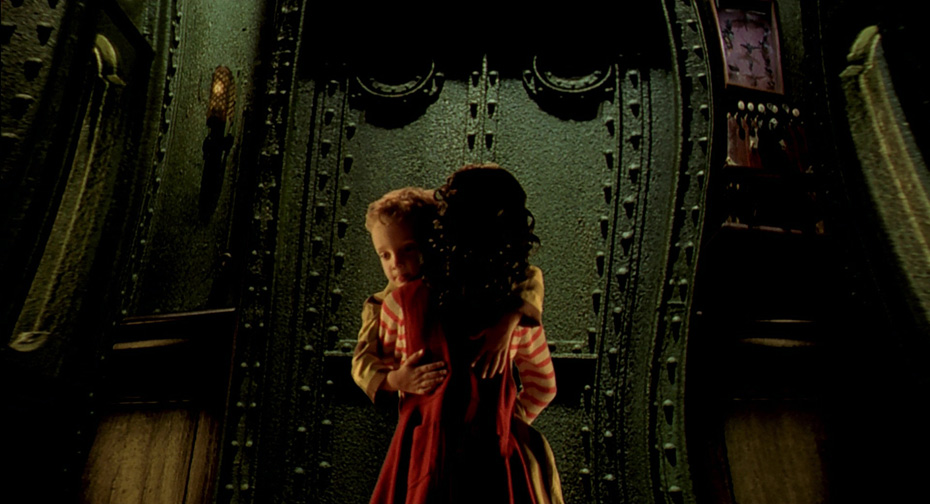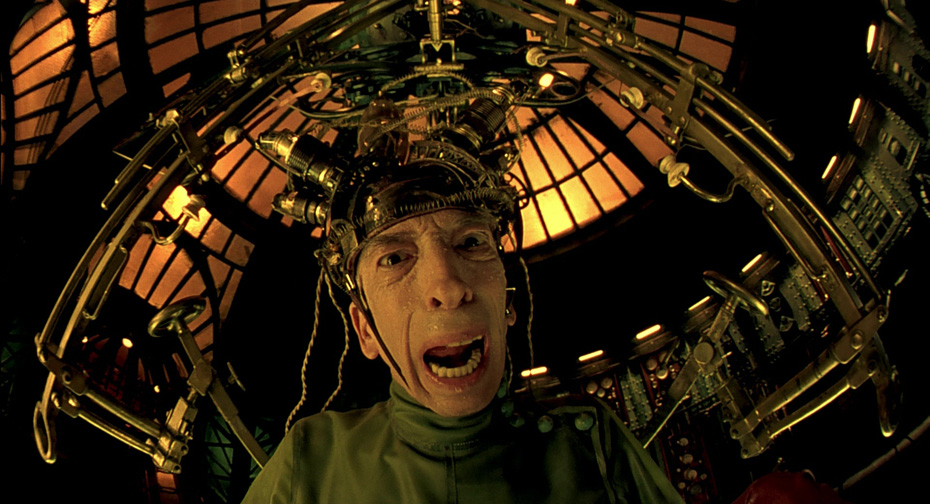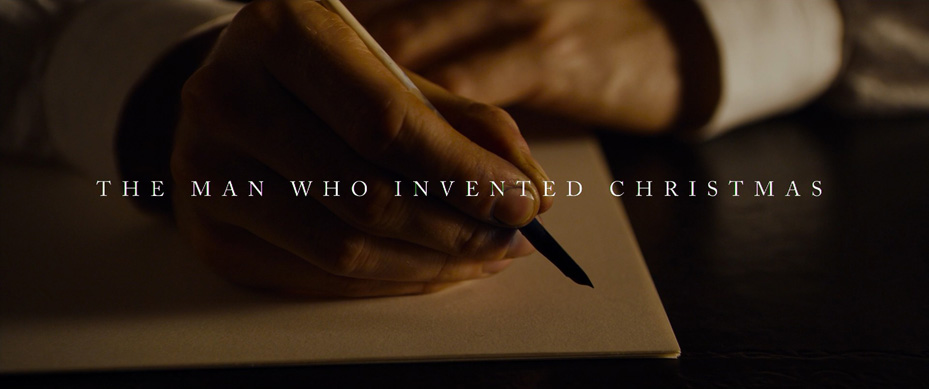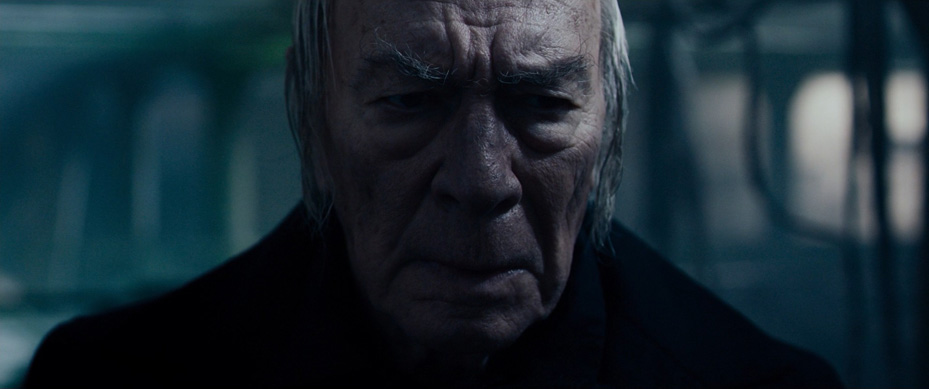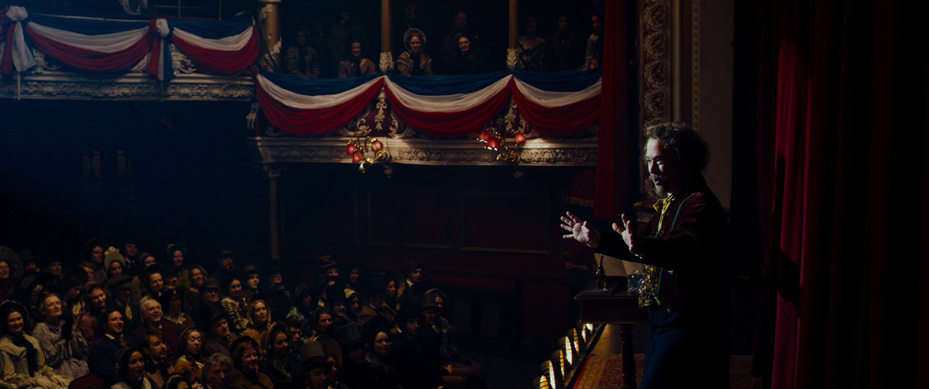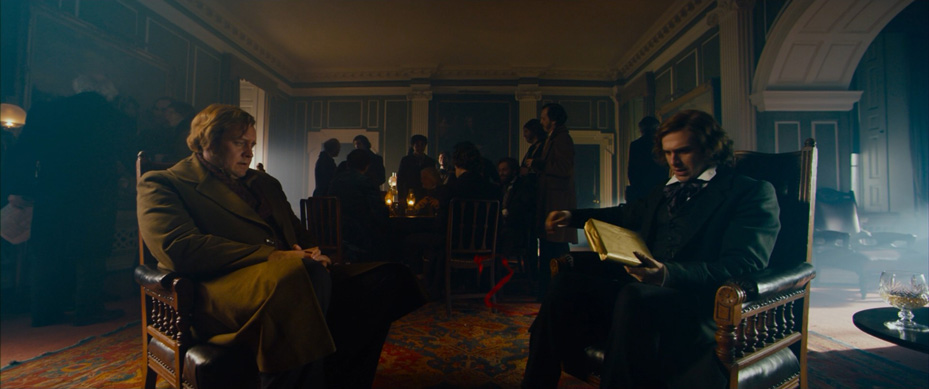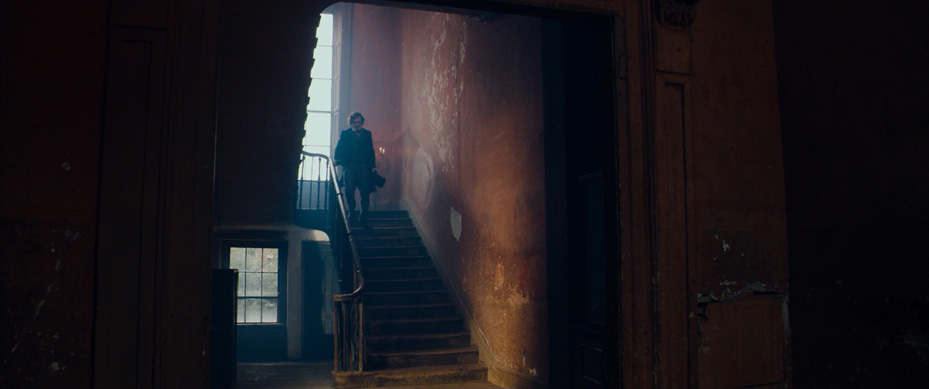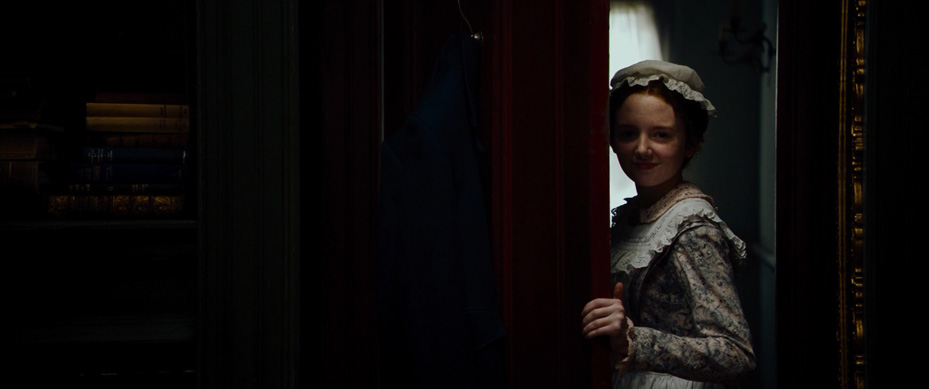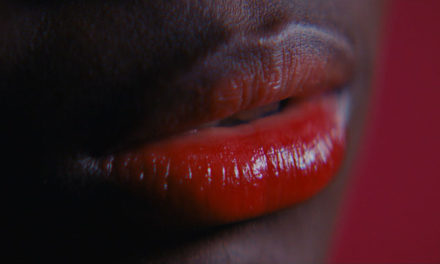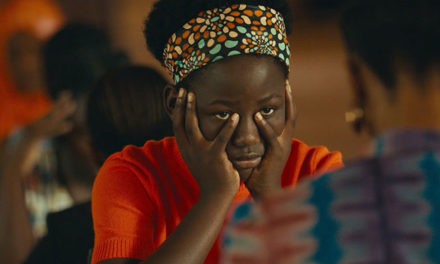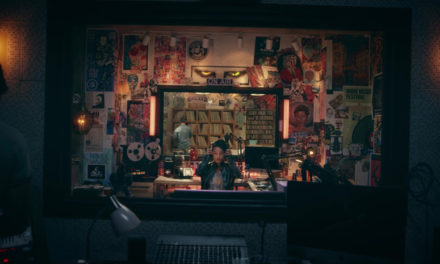THE TUESDAY DROP: 4,100+ New Shots
12.13.22 Seasons greetings from ShotDeck! Check out all the shots we’re dropping from films that fit the festive spirit below, and remember you can always request films for future drops by clicking here!
IN BRUGES (2008)
IN BRUGES is a 2008 Irish dark comedy crime thriller written and directed by Martin McDonagh in his feature directorial debut. The film stars Colin Farrell and Brendan Gleeson as two London-based Irish hitmen in hiding in Bruges, Belgium, from their enraged boss (Ralph Fiennes). In Bruges premiered at the 2008 Sundance Film Festival, and grossed over $34 million from its $15 million budget, earning an Academy Award nomination for Best Original Screenplay. McDonagh worked on the film with Danish cinematographer Eigil Bryld, whose body of work includes House of Cards, The Report and Deep Water.
The entire film was shot on location in Bruges, and McDonagh and Bryld wanted the visual language of the film to incorporate the city meaningfully into the story, given how much of the film is about these two characters dealing with the city in different ways. McDonagh and Bryld referenced the paintings of Hieronymus Bosch as a core reference point for the film, and wanted the movie to visually progress from highlighting the beauty and charm of Bruges, to eventually foregrounding its more foreboding, gothic qualities as the tone of the film darkens. Bryld achieved this through the precise lighting design that he and his department developed, lighting buildings and spaces with warm tungsten sources that were eventually taken away, with buildings being increasingly backlit to create frightening silhouettes as the characters end up in a race for their lives.
BATMAN RETURNS (1992)
BATMAN RETURNS is a 1992 American superhero film directed by Tim Burton and written by Daniel Walters, based on the DC Comics character Batman. The film stars Michael Keaton as Bruce Wayne / Batman, who comes into conflict with wicked businessman Max Shreck (Christopher Walken) and the Penguin (Danny DeVito). When Shreck’s assistant, Selina Kyle (Michelle Pfeiffer) finds out about his plot, he tries to kill her, and she is transformed into Catwoman, whose efforts to team up with Schreck and the Penguin are complicated by the romance budding between her and Batman. Batman Returns was the sequel to the 1989 film Batman, and grossed over $266 million from its $50-80 million budget, earning Academy Award nominations for Best Makeup and Best Visual Effects. Today, it is considered one of the most successful entries in the Batman franchise. Burton worked on the film with American production designer Bo Welch, whose filmography includes Edward Scissorhands, The Birdcage, Men in Black and Thor.
Batman Returns was shot almost entirely across seven soundstages on the Warner Bros. and Universal lots. Welch and Burton wanted to extend the work done in the first film by Anton Furst, making the film feel as though it was taking place on the West Side of Gotham, while the first film took place on the East Side. Welch was influenced by the architecture and art of German Expressionism, as well as neo-fascist architecture for the villains, while also being influenced by painters from the American precisionism era. Welch’s concept designs started with building cardboard models of buildings influenced by depression era machine-age art, aiming for a feeling of an overbuilt, oppressive representation of Gotham City’s corruption. Buildings were constructed on the sound stage to feel massive when shot from specific angles, and while the majority of the film was shot in these environments, several panoramic shots (such as a shot traveling from Shreck’s department store to its office) were created with detailed miniatures.
MEAN GIRLS (2004)
MEAN GIRLS is a 2004 American teen comedy directed by Mark Waters and written by Tina Fey, partially based on Rosalind Wiseman’s 2002 non-fiction self-help book, Queen Bees and Wannabes. The film stars Lindsay Lohan as teenager Cady Heron, who joins a public high school in the Illinois suburbs after being homeschooled by her scientist parents in Africa. Cady quickly finds herself in the good graces of an elite group of students dubbed “the Plastics”, led by Regina George (Rachel McAdams), and has to navigate the social hierarchies of school while holding onto her friendships. Amanda Seyfried, Lizzy Caplan, Lacey Chabert, Daniel Franzese, Jonathan Bennett, Tim Meadows and Tina Fey also star. Mean Girls grossed over $130 million from its $17 million budget, and has gone on to become widely considered one of the most influential high school films ever made, and one of the greatest films of the century so far.
Waters worked on the film with American costume designer Mary Jane Fort. The two wanted the costuming to have a timeless quality while also feeling appropriate to the setting of the film. Fort decided she could create this timeless look by looking both forward and back in terms of fashion trends. To look ahead, Fort studied trends in European fashion, and took those colors and shapes and modified them for a contemporary American lifestyle. To look back, Fort found that girls in high schools in the ‘50s would do their nails and hair and wear some of their best clothes to school, and took these cues as inspiration for the dress sense of the characters in the film. In order to ensure they felt contemporary, Fort and her team scoured teen magazines, and used those trends as a basis from which to set the Plastics apart from everyone else. Fort wanted Gretchen to look slightly sweeter, evoking cardigans into her wardrobe, and for Karen to feel like the follower, wearing a combination of what Regina and Gretchen were wearing. The costuming of the characters would evolve alongside the story for each character, and the clothes of Mean Girls became a fashion icon for over a decade to come.
THIS CHRISTMAS (2007)
THIS CHRISTMAS is a 2007 American Christmas comedy written, produced and directed by Preston A. Whitmore II. The film is named after the 1970 Donny Hathaway song of the same name and follows the Whitfield family. Matriarch Ma’Dere Whitfield (Loretta Devine) assembles the family for their first reunion in four years, but the family’s ties start to strain when various secrets come to light, including Claude’s (Columbus Short) military status, Quentin’s (Idris Elba) debts and teenager Baby’s plans to become a singer. Regina King, Delroy Lindo, Laz Alonso and Sharon Leal also star. This Christmas grossed over $49 million domestically from its $13 million budget. Whitmore worked on the film with Italian-American production designer Dawn Snyder, who was the production designer of projects such as On My Block, Best. Worst. Weekend. Ever. and What Remains.
One of the factors differentiating This Christmas from most other holiday family films for Whitmore and Snyder was the Los Angeles setting of the film, which created a setting for the film that did not include the traditional imagery of snow and cold weather that American audiences were used to associating with films about the holiday season. Whitmore and Snyder wanted to embrace this element of the film, choosing to shoot on location around the city for as much of the film as possible, as opposed to building on set, so that they could convey a sense of the weather and climate even for interior scenes. Snyder and the locations team spent a lot of time scouting homes around Los Angeles, and designed the house to feel like a character in the film, with each setting of the film dressed and designed to evolve with the story and the journey of the family as tensions begin to rise between them.
SHAZAM! (2019)
SHAZAM! is a 2019 American superhero film directed by David F. Sandberg, based on the DC Comics character of the same name. The film follows teenager Billy Batson (Asher Angel) as he is chosen by the ancient wizard Shazam (Djimon Hounsou) to be his new champion by saying the name “Shazam”, allowing him to transform into an adult superhero (Zachary Levi) with various superpowers. Mark Strong and Jack Dylan Grazer also star. Shazam! Grossed over $366 million worldwide from its $80-100 million budget. Sandberg worked on the film with American costume designer Leah Butler, whose previous films include Paranormal Activity 3 and Annabelle: Creation.
Sandberg and Butler wanted every element of the Shazam costume to have some continuity with both the character’s golden age comic book roots, as well as the mythology that informs it, incorporating ancient symbols into the design of the suit, as well as choosing materials and colors that informed the look of the character. Gold became a central character to the design, given that it allowed the suit to be designed by organic elements and not feel manufactured, as well as create an association between the suit and Greek associations with gold of the sun and the sacred masculine. The lightning bolt itself was created with a thin lighting element that had a remote adjustable dimmer, which allowed it to be used as a practical source in shots for Sandberg and cinematographer Maxime Alexandre.
DEVS: SEASON ONE (2020)
DEVS is an American sci-fi thriller television series created, written and directed by Alex Garland. The series stars Sonoya Mizuno as Lily Chan, a software engineer for a quantum computing company Amaya, run by Forest (Nick Offerman). Lily soon becomes embroiled in a mystery when her boyfriend dies on the first day of his new job at Amaya’s secret development division Devs by apparent suicide. The series also stars Jin Ha, Zach Grenier, Stephen McKinely Henderson, Cailee Spaeny, Karl Glusman and Alison Pill. Devs was nominated for four Primetime Emmy Awards in 2020. Garland worked on the series with British cinematographer Rob Hardy and British production designer Mark Digby, both of whom are longtime collaborators of Garland’s.
Garland and Digby spoke about creating a dynamic, evolving, almost living world for the set of the Devs building, turning scientific principles into geometric designs in keeping with the principles of the company that its scientific heart would also be its most magical and lyrical space. The vacuum-sealed building that has a pulsing gold interior housing the beating heart of a quantum computer was designed to be a dynamic set by Digby, who built this environment in close collaboration with Hardy. Garland’s working style did not involve storyboarding. He would instead begin the day with rehearsals and then work out shot lists with Hardy on set, meaning that Digby’s design had to be flexible from both a design and a lighting perspective. Digby designed the set to be lit almost entirely by the reflection of light coming out of the gold-plated walls, which were built with foam panels covered in 4” x 4” gold leaf pieces of paper. Digby designed LED remote-controllable lights to line the walls at different angles that, when controlled by an iPad, were able to pulse in different ways that helped give the sets different looks and feelings depending on the scene, as well as accommodate the camera language of a constantly moving camera that Garland and Hardy designed for the series.
MEET ME IN ST. LOUIS (2004)
MEET ME IN ST. LOUIS is a 1944 American Christmas musical film directed by Vincente Minnelli, and written by Irving Brecher and Fred Finklehoffe, based on the short stories by Sally Benson published in a novel under the same title. The film, divided into a series of seasonal vignettes, starting with Summer 1903, relates the story of a year in the life of the Smith family in St. Louis leading up to the opening of the Louisiana Purchase Exposition (more commonly referred to as the World’s Fair) in the spring of 1904. It stars Judy Garland, Margaret O’Brien, Mary Astor, Lucille Bremer, Tom Drake, Leon Ames, Majorie Main, and June Lockhart. Meet Me in St. Louis was a critical and commercial hit upon its release, becoming the second-highest grossing film of 1944 (collecting over $12 million from its $6.5 million budget), and earning four Academy Award nominations. In 1994, the film was added to the US National Film Registry by the Library of Congress. Minnelli worked on the film with American cinematographer George Folsey, whose credits include The Great Ziegfeld, The Band Wagon and A Life of Her Own.
Meet Me in St. Louis was the first film of Minnelli’s career shot on Technicolor. Minnelli and Folsey had a Technicolor consultant, Natalie Kalmus, on set, but the pair wanted to push the possibilities of the form and experiment with the images it could create. Critics of the three-color Technicolor system at the time felt that it could not provide clean focus, especially for distant scenes, given that the image was simultaneously captured by three systems that were then printed together to provide the color film for exhibition (called the “Technicolor imbibition process”). Folsey and Minnelli decided to play with this soft focus effect, including it in the visual language of the film to give the movie a soft, dreamy feel. The Technicolor imbibition process stopped being used in the 1970s, and though some filmmakers such as Martin Scorsese fought to revive it because the Eastmancolor prints would fade after a few years, the process was only revived for a decade in the 1990s before being completely abandoned in 2002.
LAST CHRISTMAS (2019)
LAST CHRISTMAS is a 2019 romantic comedy directed by Paul Feig. The film is named after the 1984 song of the same name and is inspired by the music of George Michael and Wham!. Starring Emilia Clarke and Henry Goulding, the film follows Kate (Clarke), a disillusioned Christmas store worker who starts falling for a mysterious customer named Tom (Goulding). Emma Thomspon and Michelle Yeoh also star. Last Christmas grossed over $123 million from its $25-30 million budget. Feig worked on the film with British production designer Gary Freeman, whose credits include Everest and Maleficent.
Feig and Freeman’s vision for Last Christmas was to create a slightly fairy tale version of London that embraced an aesthetic of fairy lights, beauty and romance, while still understanding the limitations that shooting on location in central London would place on the look of the film and embracing a level of groundedness through the fantasy. These locations in central London were contrasted with the working-class neighborhoods, such as Kate’s house in Isle of Dogs. The Christmas store was created with a combination of location and stage work, shooting partially at a store in Covent Garden and then recreating the interiors on a soundstage.
THE BEST MAN HOLIDAY (2013)
THE BEST MAN HOLIDAY is a 2013 American comedy-drama written, produced and directed by Malcolm D. Lee. The film is a sequel to Lee’s 1999 film The Best Man, and stars Morris Chestnut, Taye Diggs, Regina Hall, Terrence Howard, Sanaa Lathan, Nia Long, Harold Perrineau, Monica Calhoun and Melissa De Sousa, all reprising their roles from the first film. The Best Man Holiday was a critical and commercial success upon its release, grossing $71 million from its $17 million budget and earning four NAACP Image Awards. Lee worked on the film with American costume designer Danielle Hollowell, who is also known for her work on films such as Girls Trip and Roll Bounce.
Hollowell and Lee set up rules for each characters’ costuming based on their personalities and their journeys over the course of the story. The pair wanted to ground all the costume choices in the real world, and create a feeling that these characters would shop for their clothes at the same places that the audience would go, pointing Hollowell towards stores such as Zara, Topshop, J. Crew and Banana Republic as places to source costumes from. Shelby’s look was defined as “strategically sexy”, Mia’s as “classic glamor”, Robyn’s as “fun eclectic”, Jordan’s as “business glam” and Candace’s as “balanced but fun”, while Lance’s look was defined as “power player”, Harper’s as “casual cool”, Julian’s as “urban intellectual” and Quinton’s as “world traveler”, all of which formed the foundation upon which their clothes were sourced for the film.
THE CITY OF LOST CHILDREN (2019)
THE CITY OF LOST CHILDREN is a 1995 sci-fi fantasy film directed by Marc Caro and Jean-Pierre Jeunet. The film follows the elderly Krank (Daniel Emilfork), who has lost his capacity for dreaming and is attempting to fight death by stealing the dreams of children. Krank’s cloned henchmen (played by Dominique Pinon) snatch 5-year-old Denree (Joseph Lucien) and attempt to steal his dreams, prompting his father, One (Ron Perlman) and Denree’s 9-year-old friend Miette (Judith Vittet) to join forces in an attempt to save Denree. The City of Lost Children premiered at the 1995 Cannes Film Festival, and is considered a major entry in the steampunk genre. Caro and Jeunet worked on the film with French-Iranian cinematographer Darius Khondji, who is known for his work on films such as Se7en, The Immigrant and Uncut Gems.
Caro and Jeunet worked with Khondji to create a high-intensity visual language for The City of Lost Children that pushed the film firmly into fantastical territory while still evoking a kind of grittiness and groundedness that would contribute to the dystopian atmosphere in which the story takes place. Khondji made prominent use of close-ups throughout the film, helping to create a sense of claustrophobia in the frame, and creating a high-key, chiaroscuro lighting design that pushed the drama and intensity of every scene to its visual potential.
THE MAN WHO INVENTED CHRISTMAS is a 2017 Christmas biographical comedy-drama directed by Bharat Nalluri and written by Susan Coyne, based on the 2008 book by the same name by Les Standiford. The film stars Dan Stevens as Charles Dickens, who is suffering financial hardship in 1843, 4 years after the success of Oliver Twist and after writing 3 unsuccessful novels in a row. Desperate for a hit, Dickens finds real life inspiration to create the characters in A Christmas Carol. Christopher Plummer and Jonathan Pryce also star. Nalluri worked on the film with British cinematographer Ben Smithard, who is known for his work on films such as The Damned United, My Week With Marilyn and The Trip.
Smithard and Nalluri were clear on wanting to avoid the moody, dark, desaturated look of historical films that had become a cliché of the genre, wanting to focus more on the magic of following Dickens’ thoughts and allowing the audience access to his mind over the course of the film. Smithard chose to use the Alexa Mini paired with Zeiss Ultra Primes and Angenieux zoom lenses, opting to light the shoot with Tungsten sources placed outside windows and filling rooms with smoke to evoke the period and not allow scenes to feel too contemporary, and as a way of evoking a magical quality to the light in each scene, with soft, warm light that pushed the film outside the expected territory for a historical drama.

